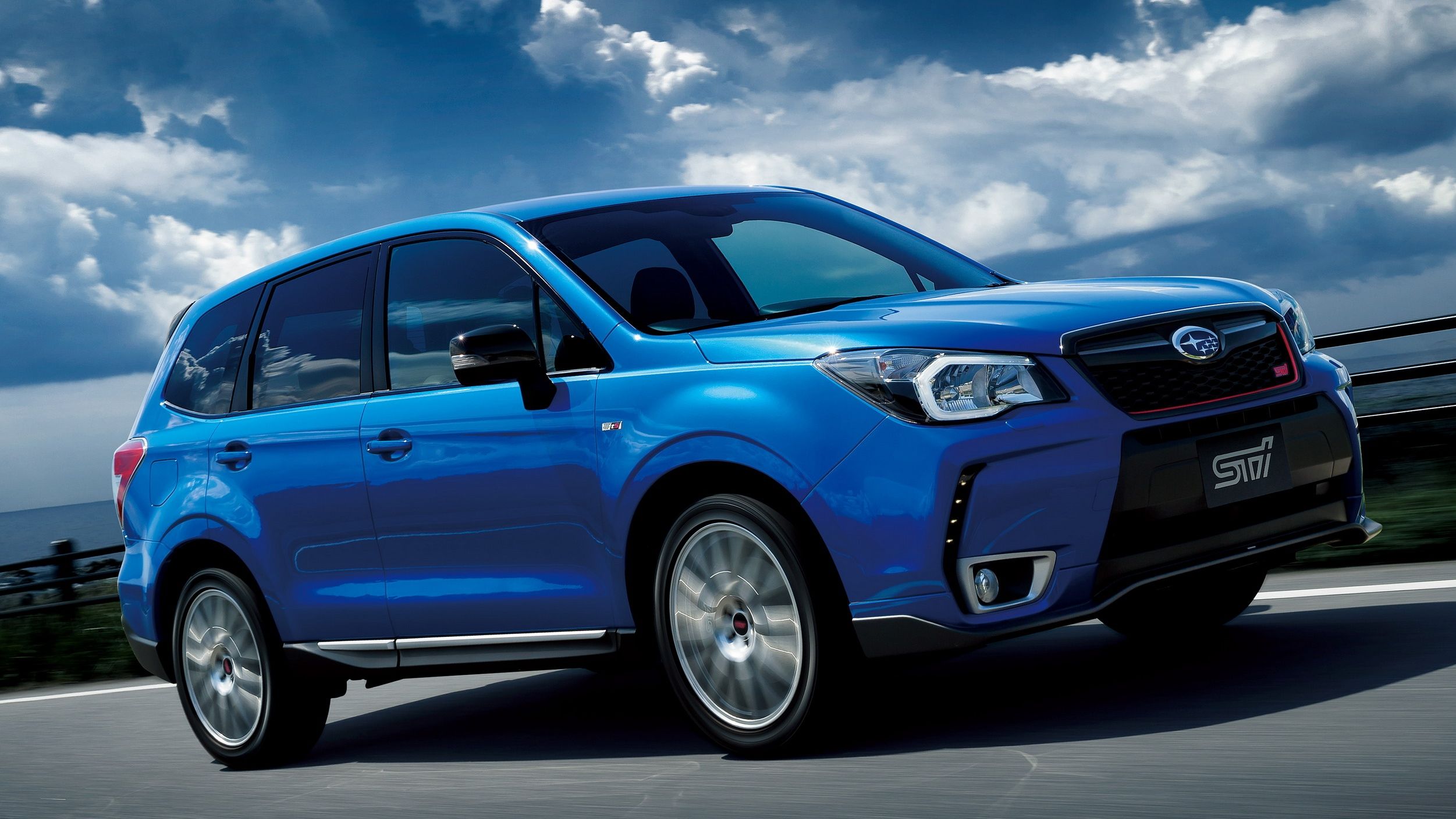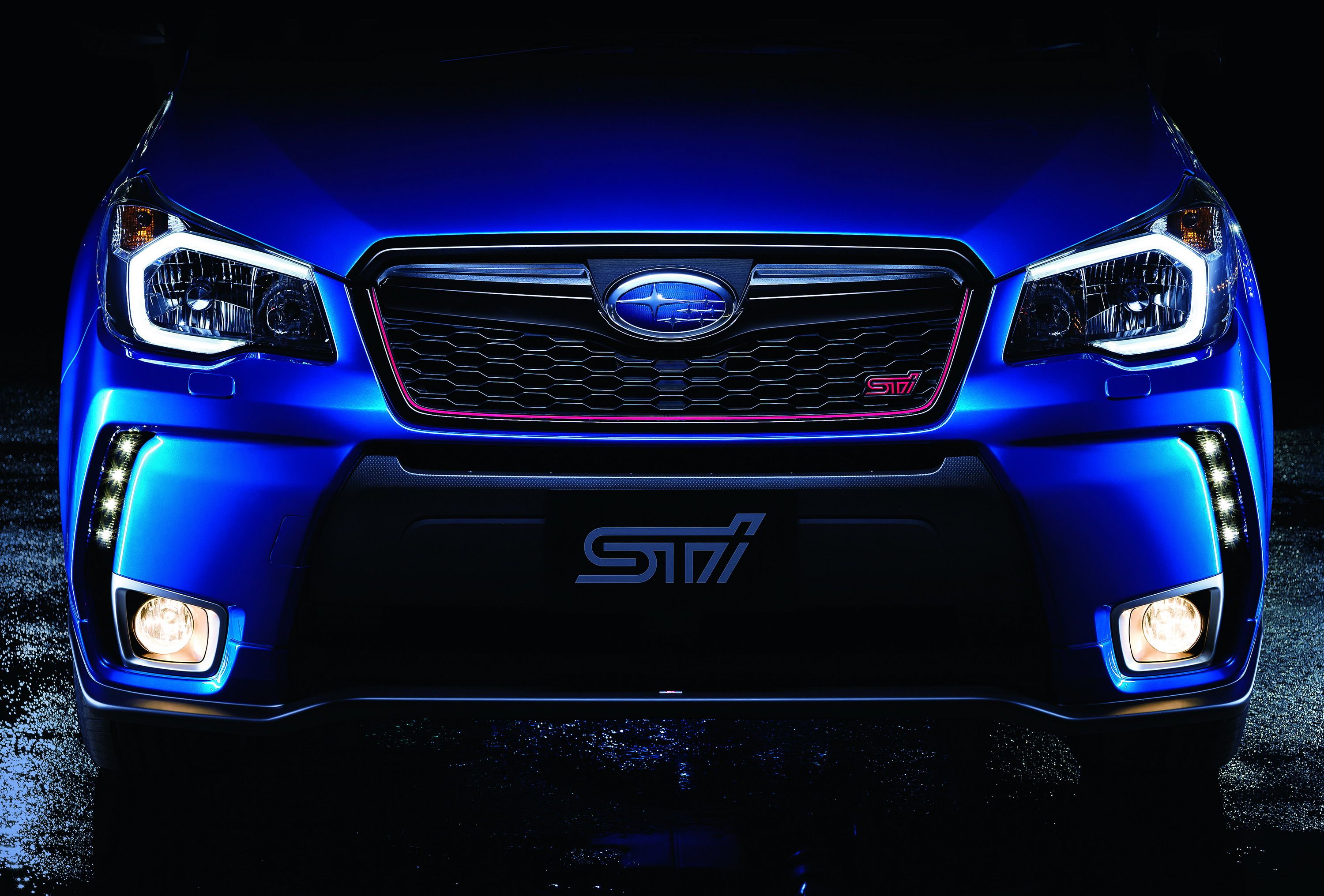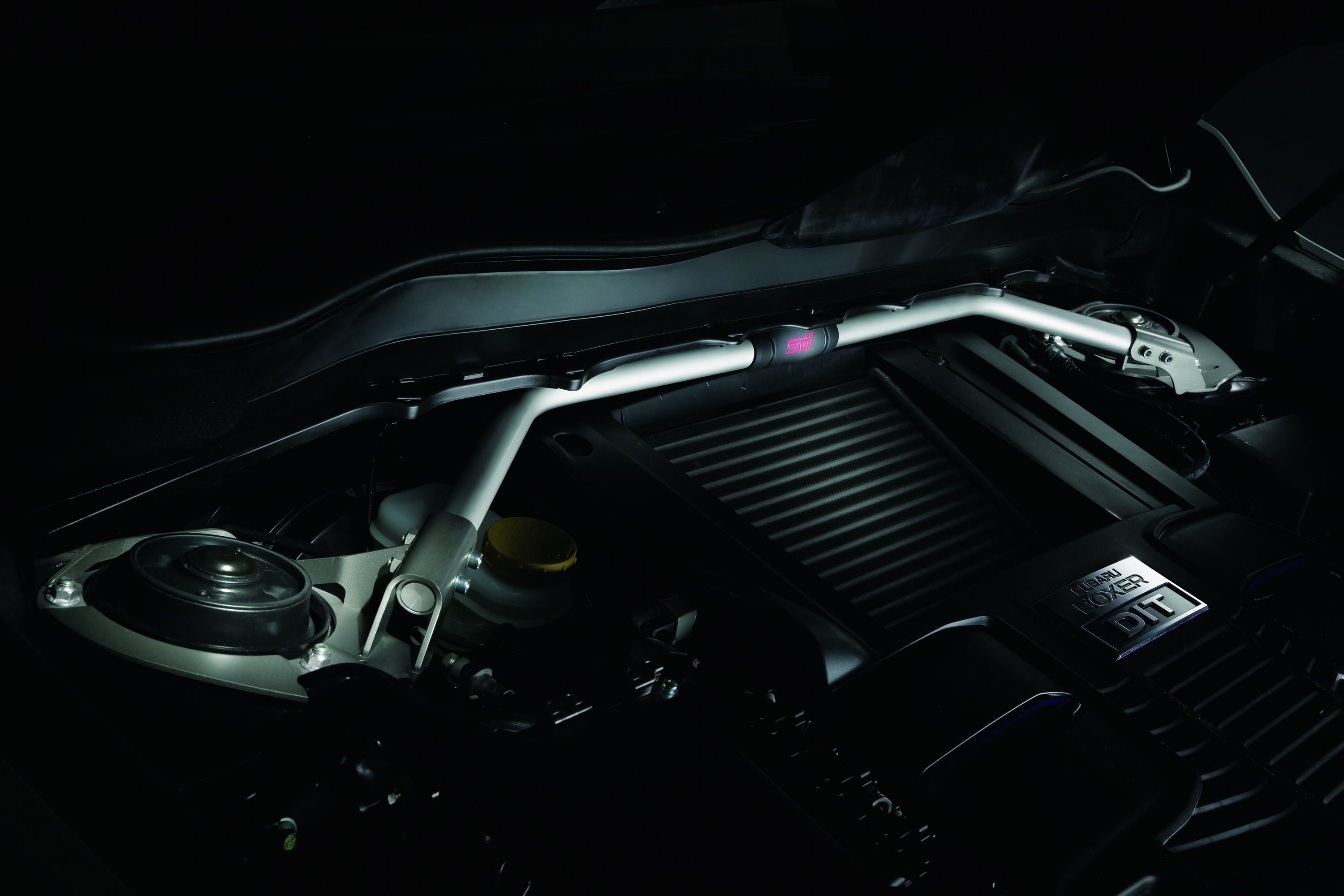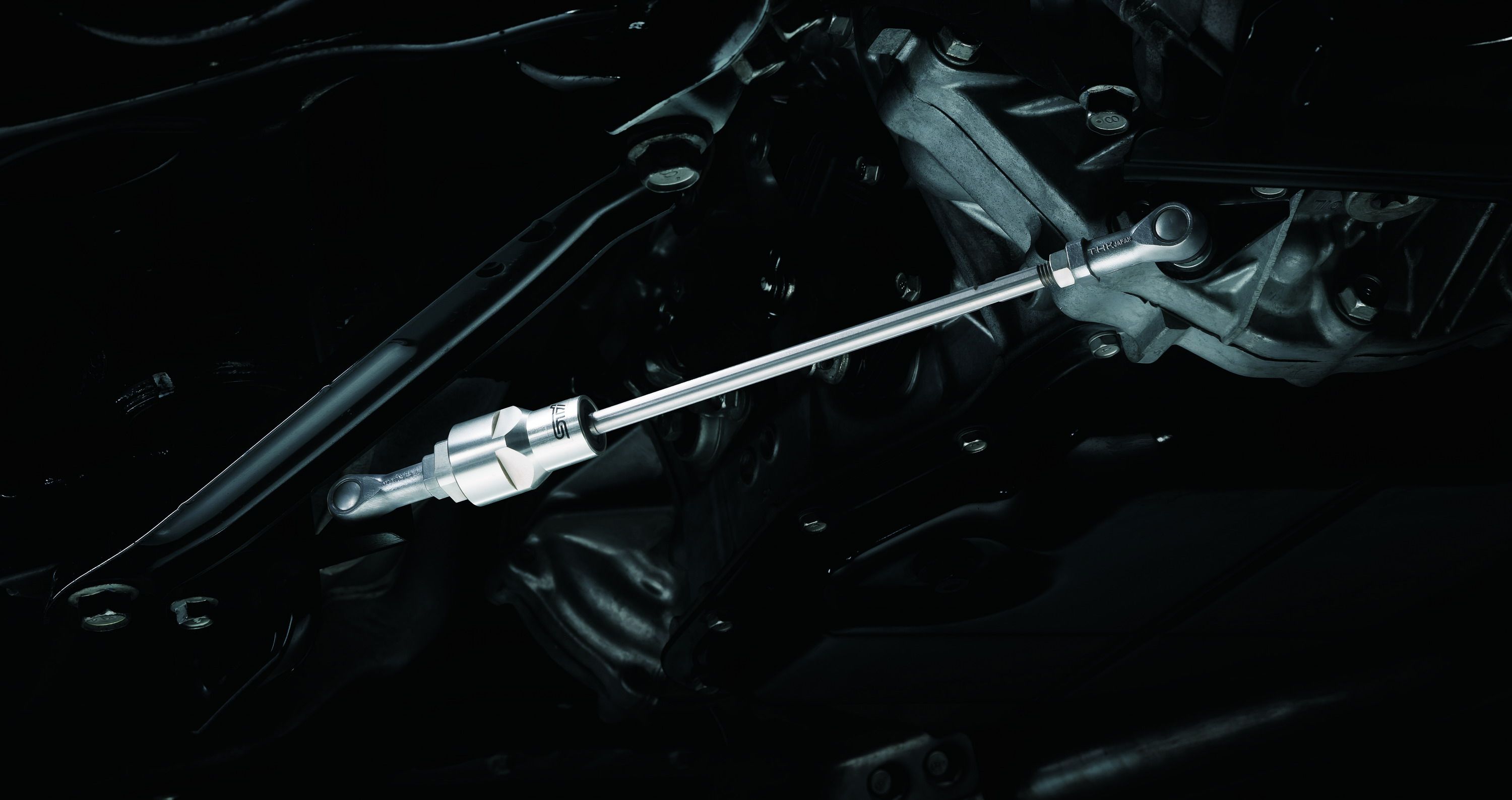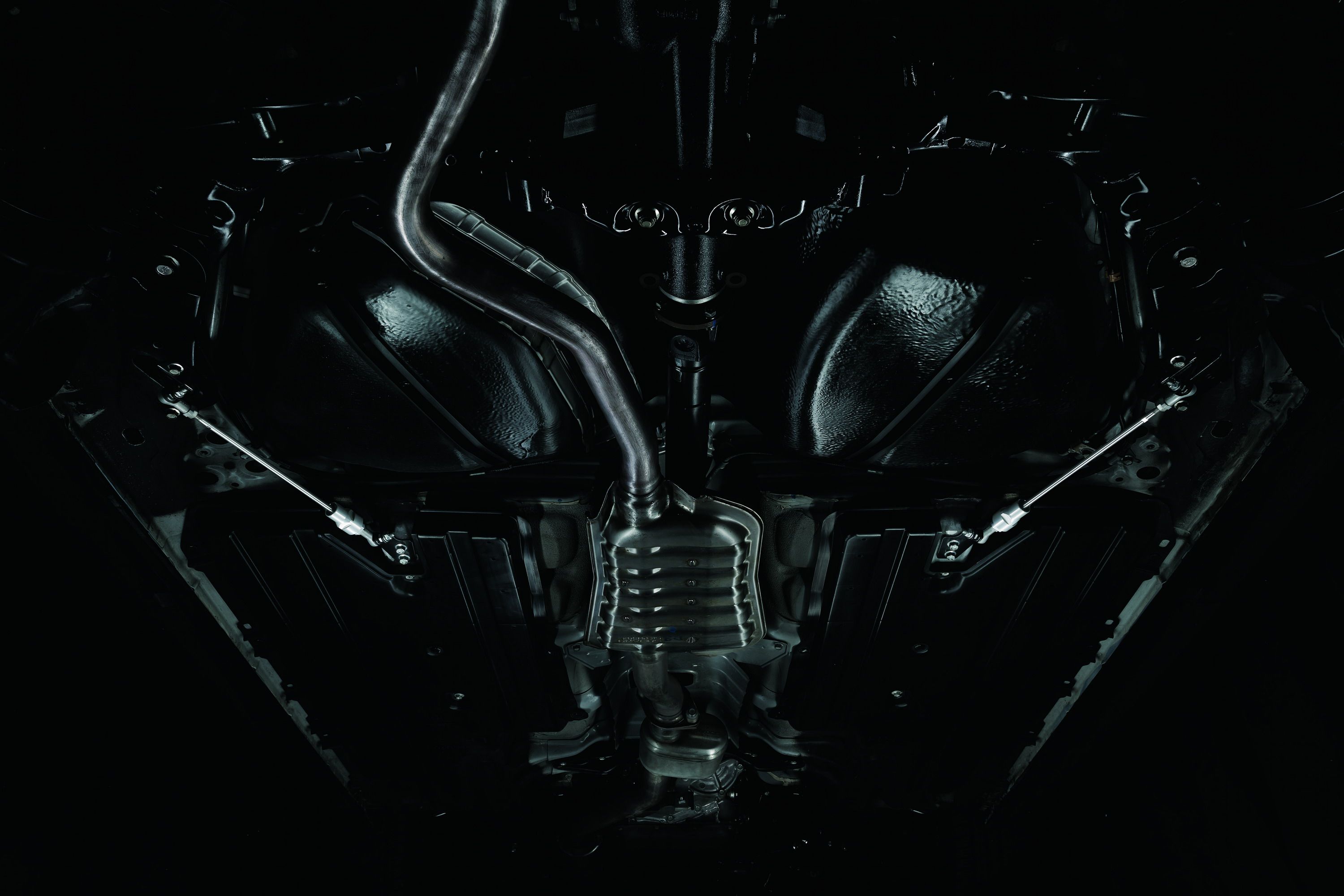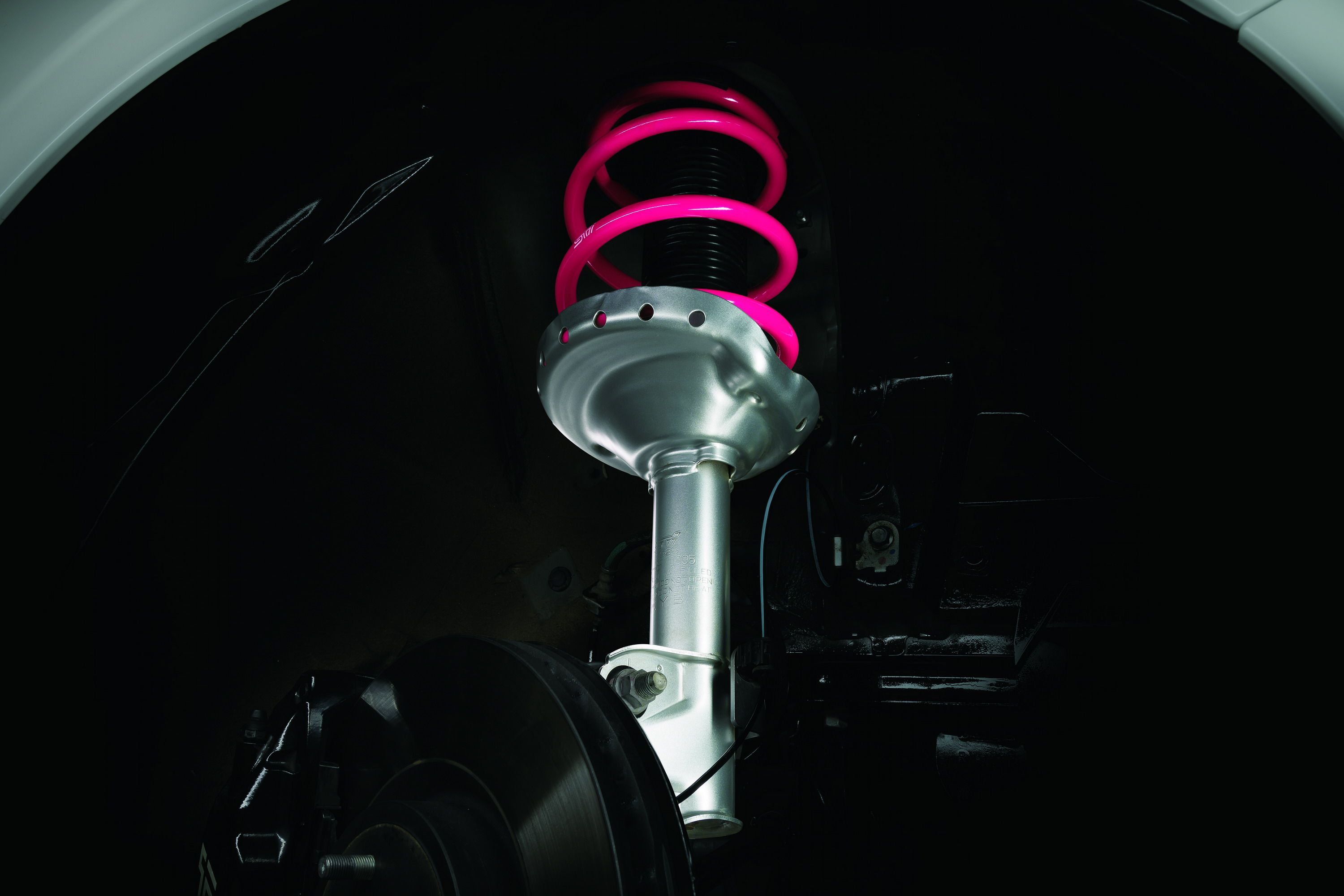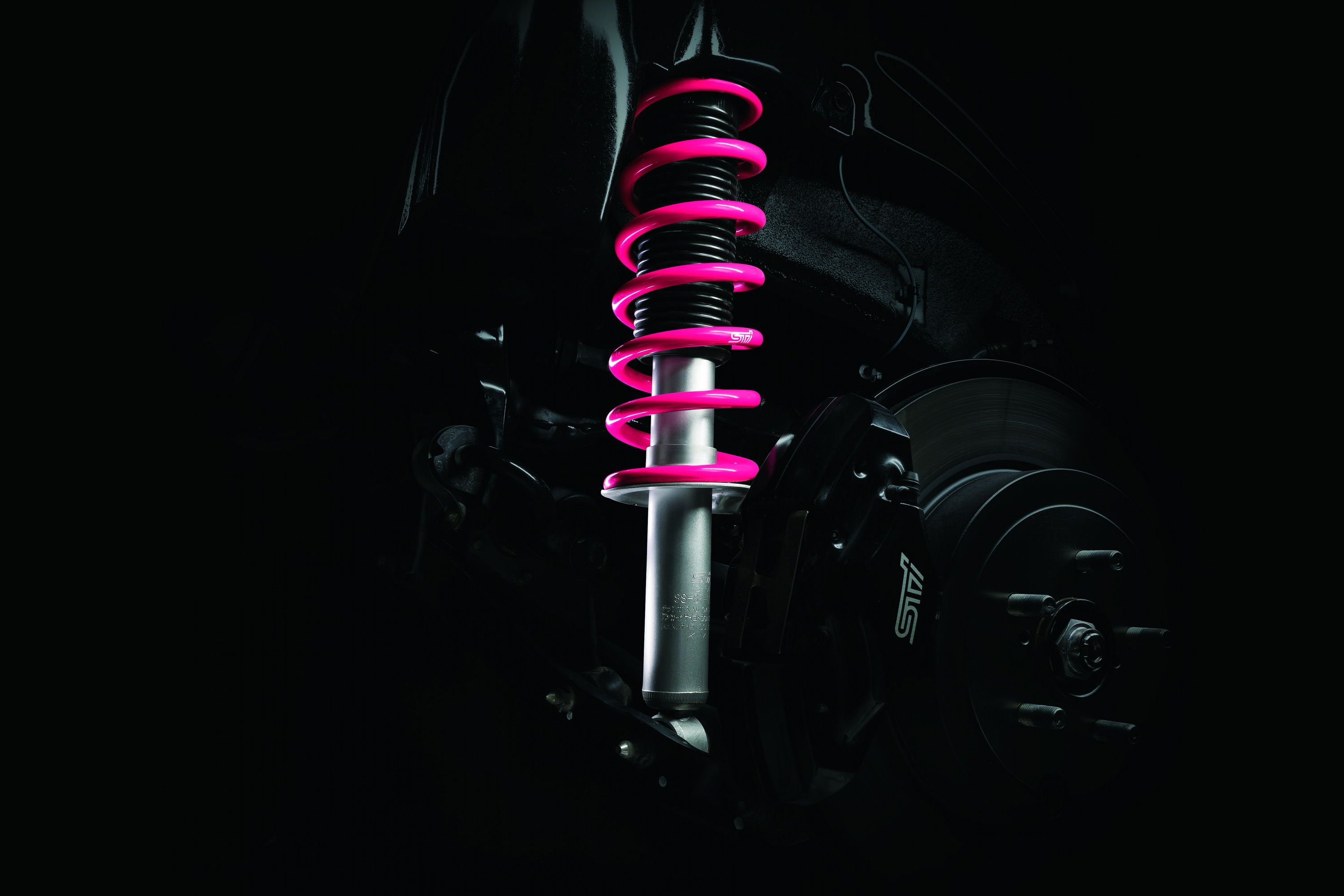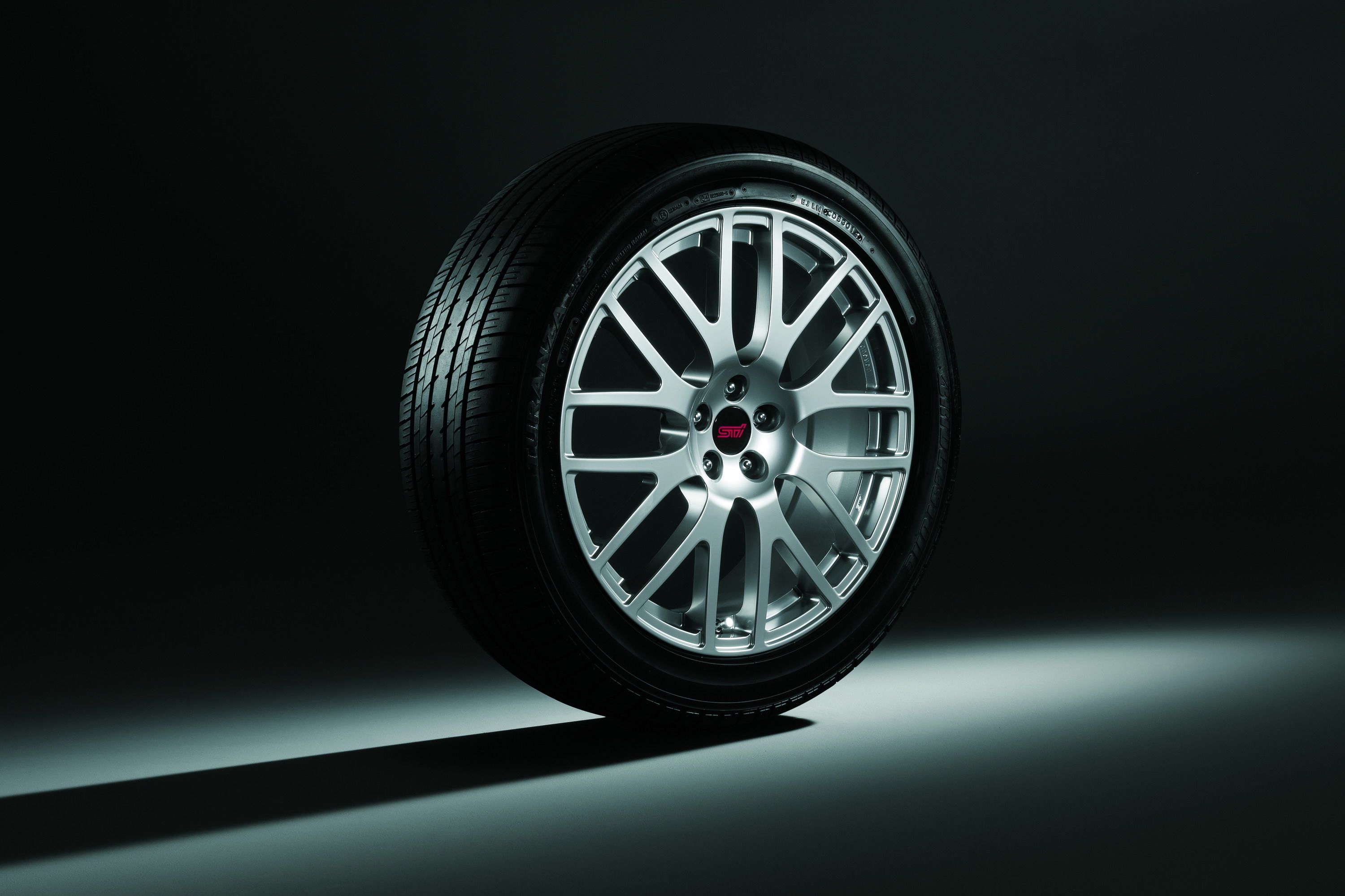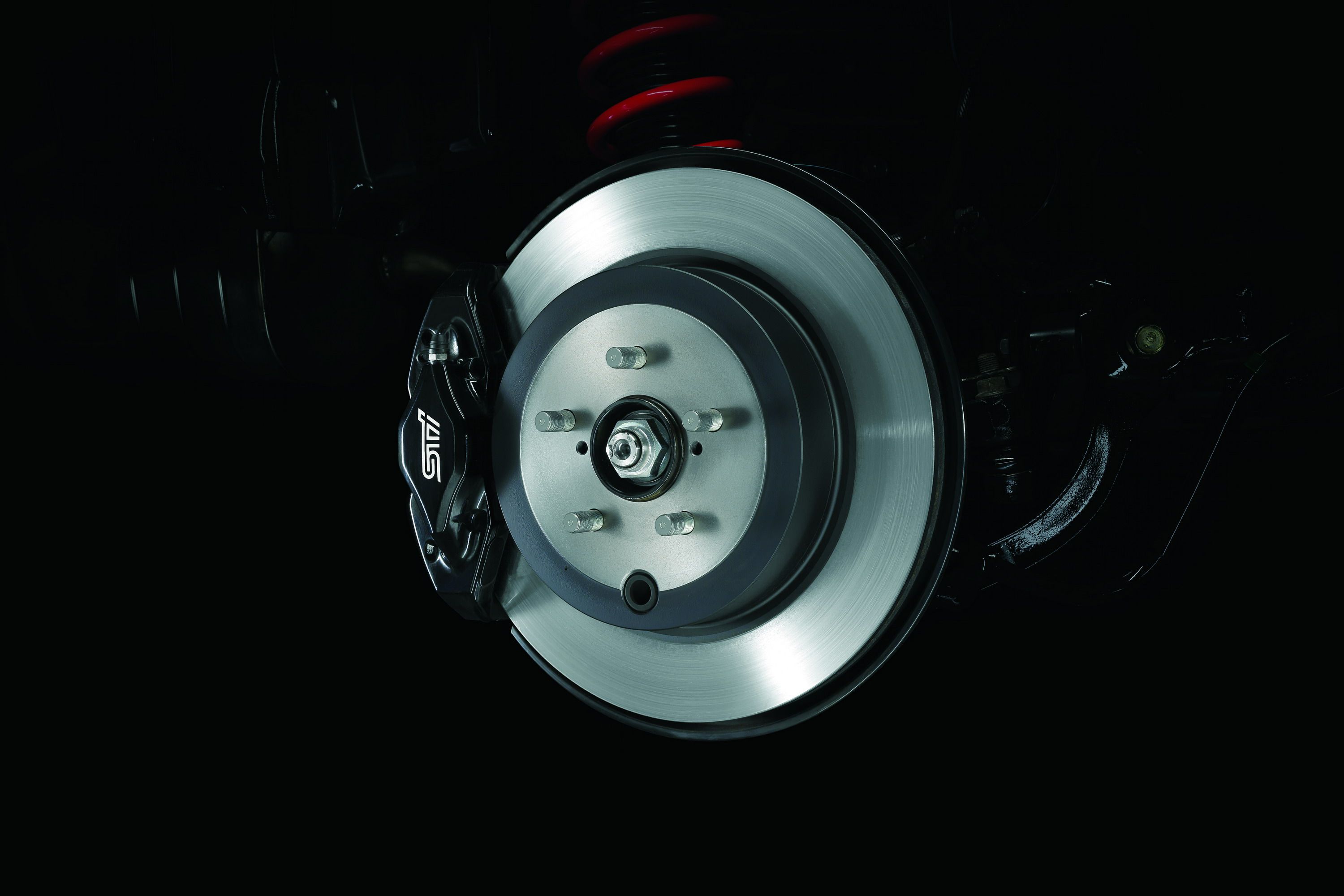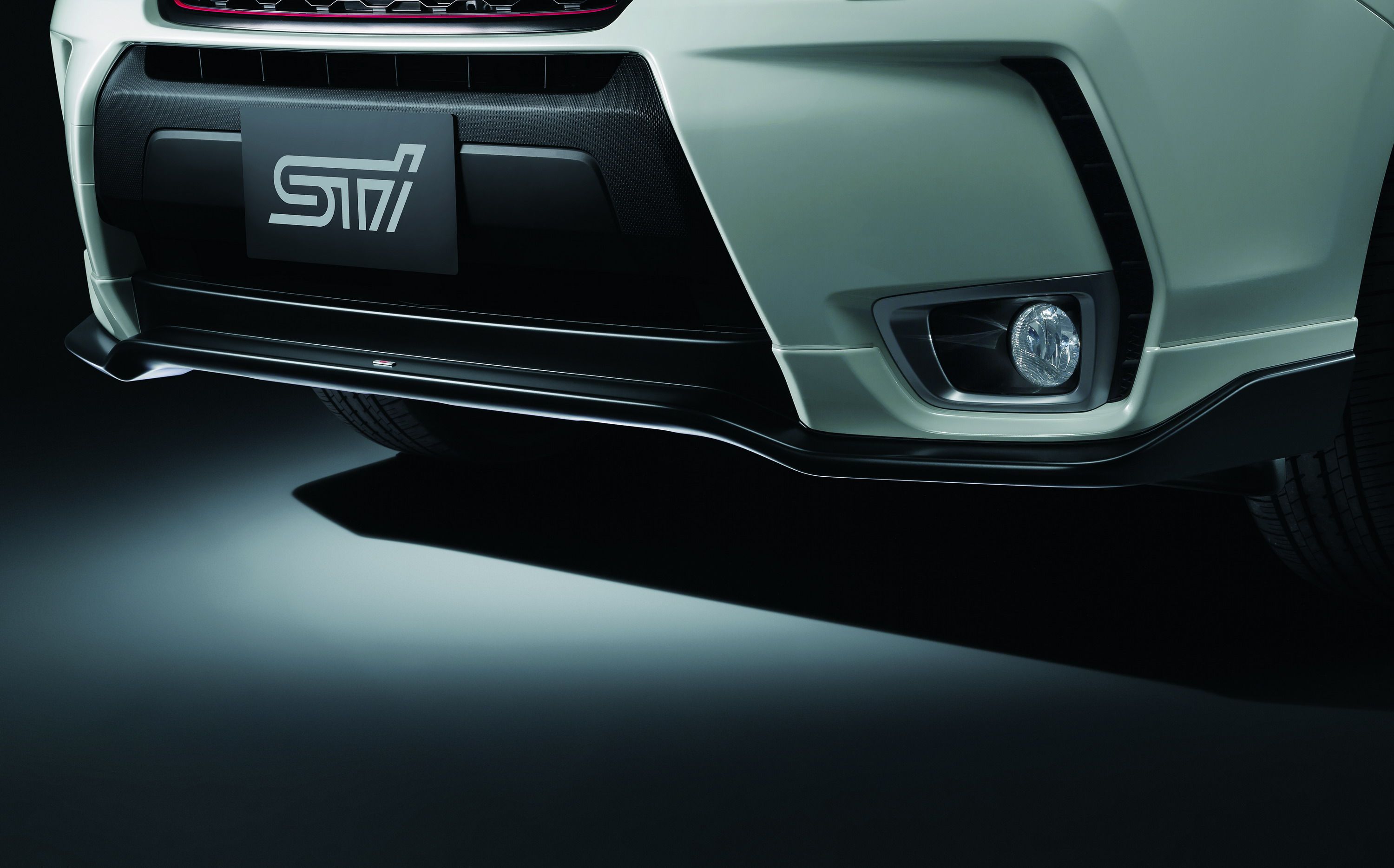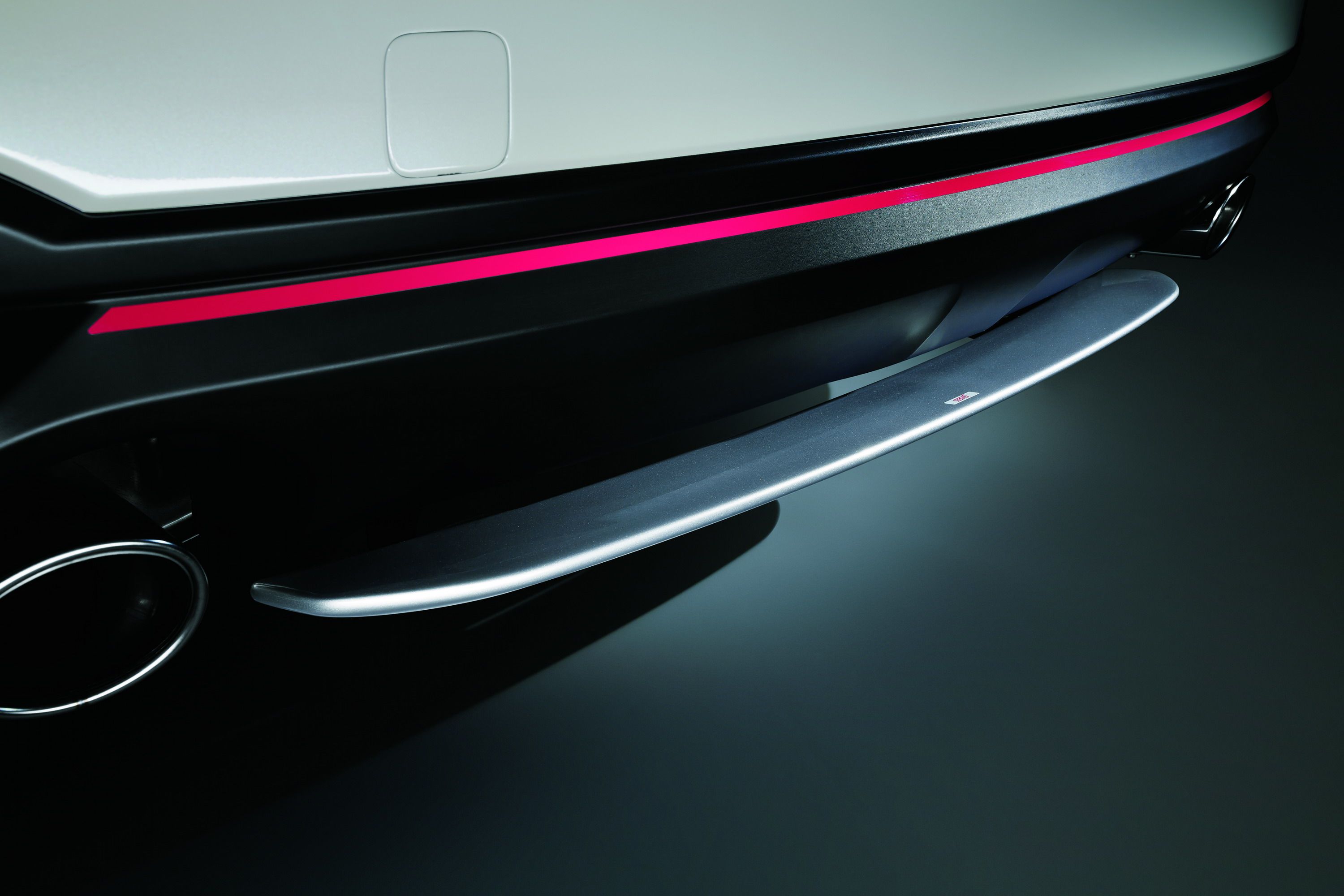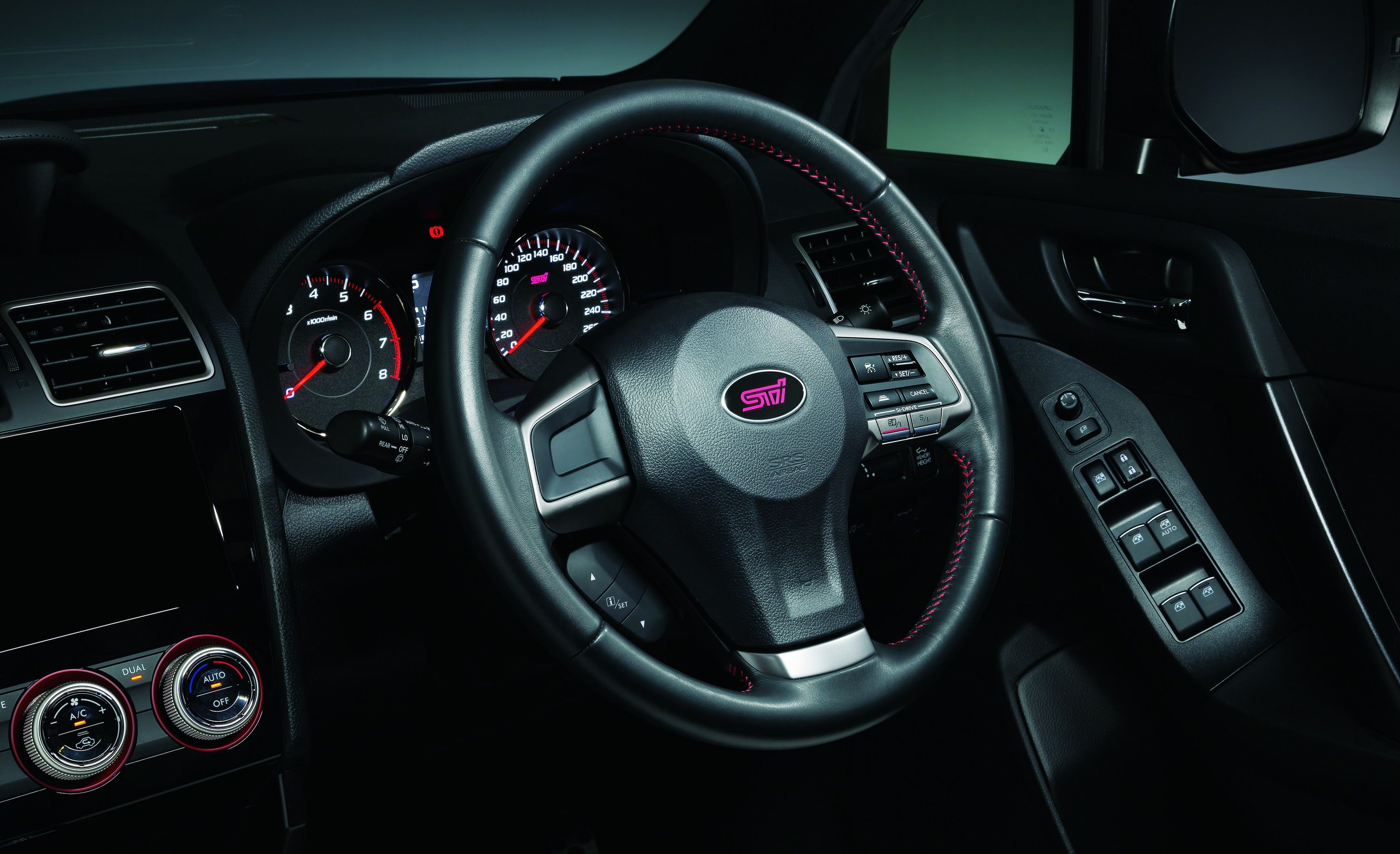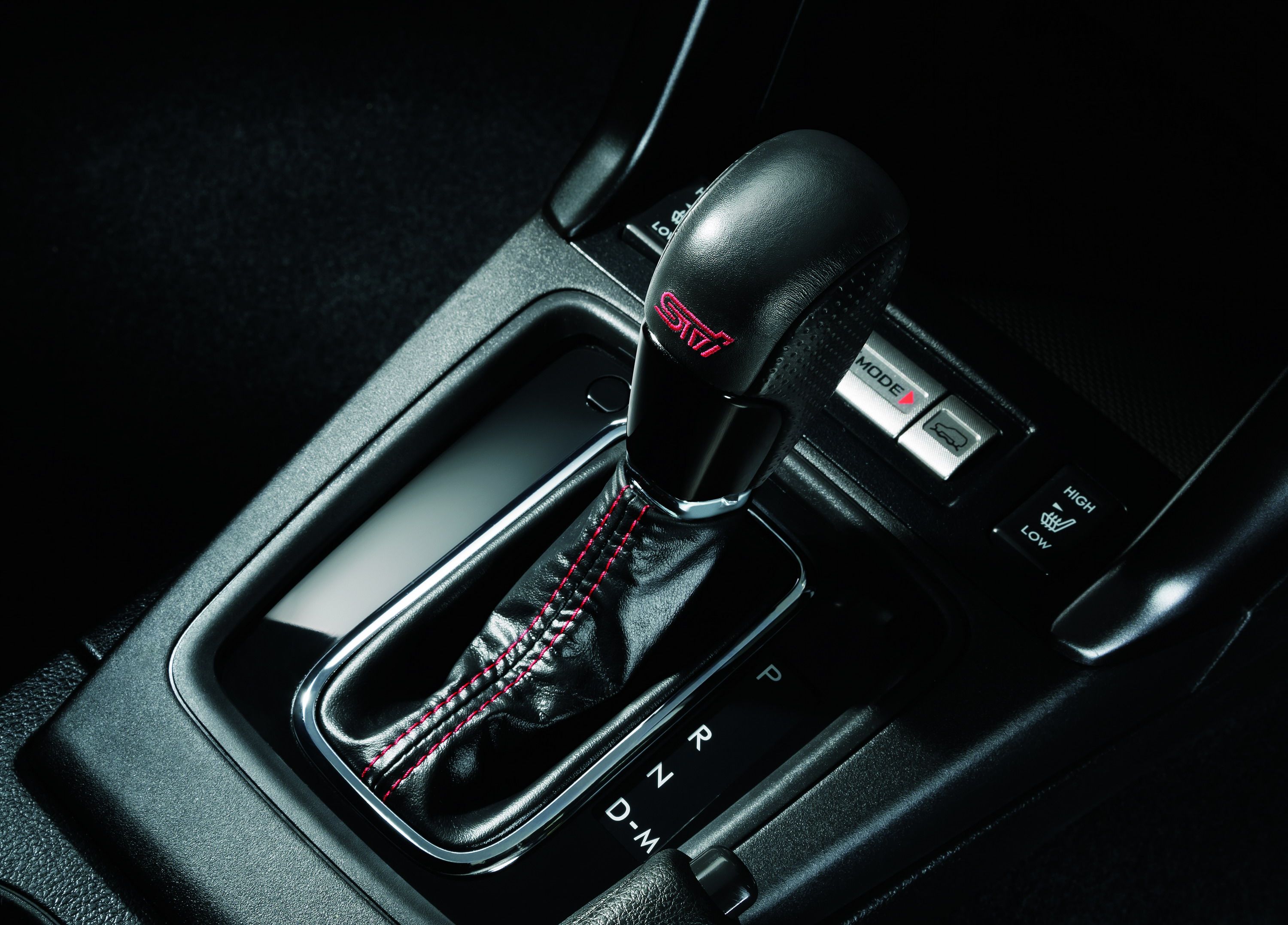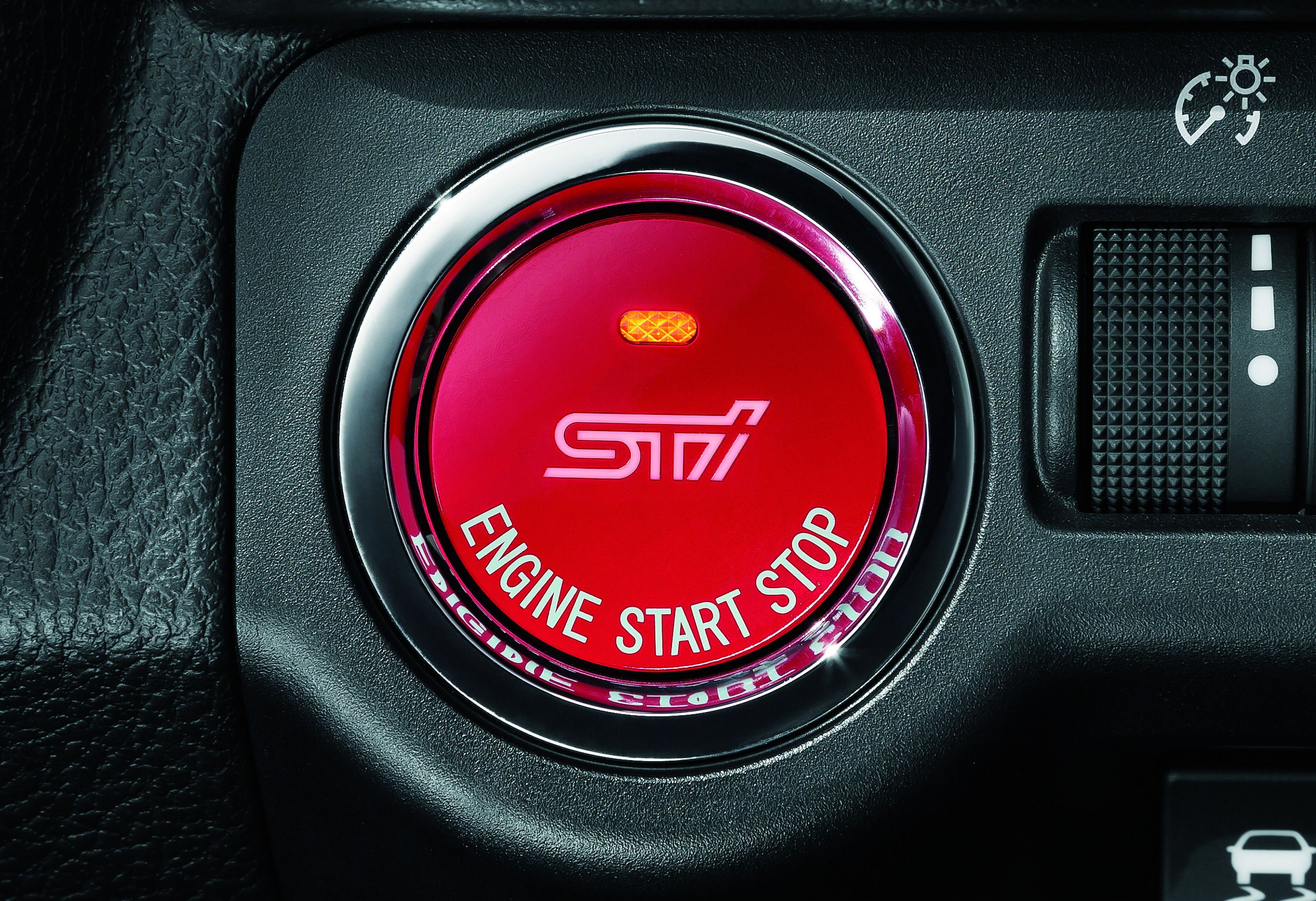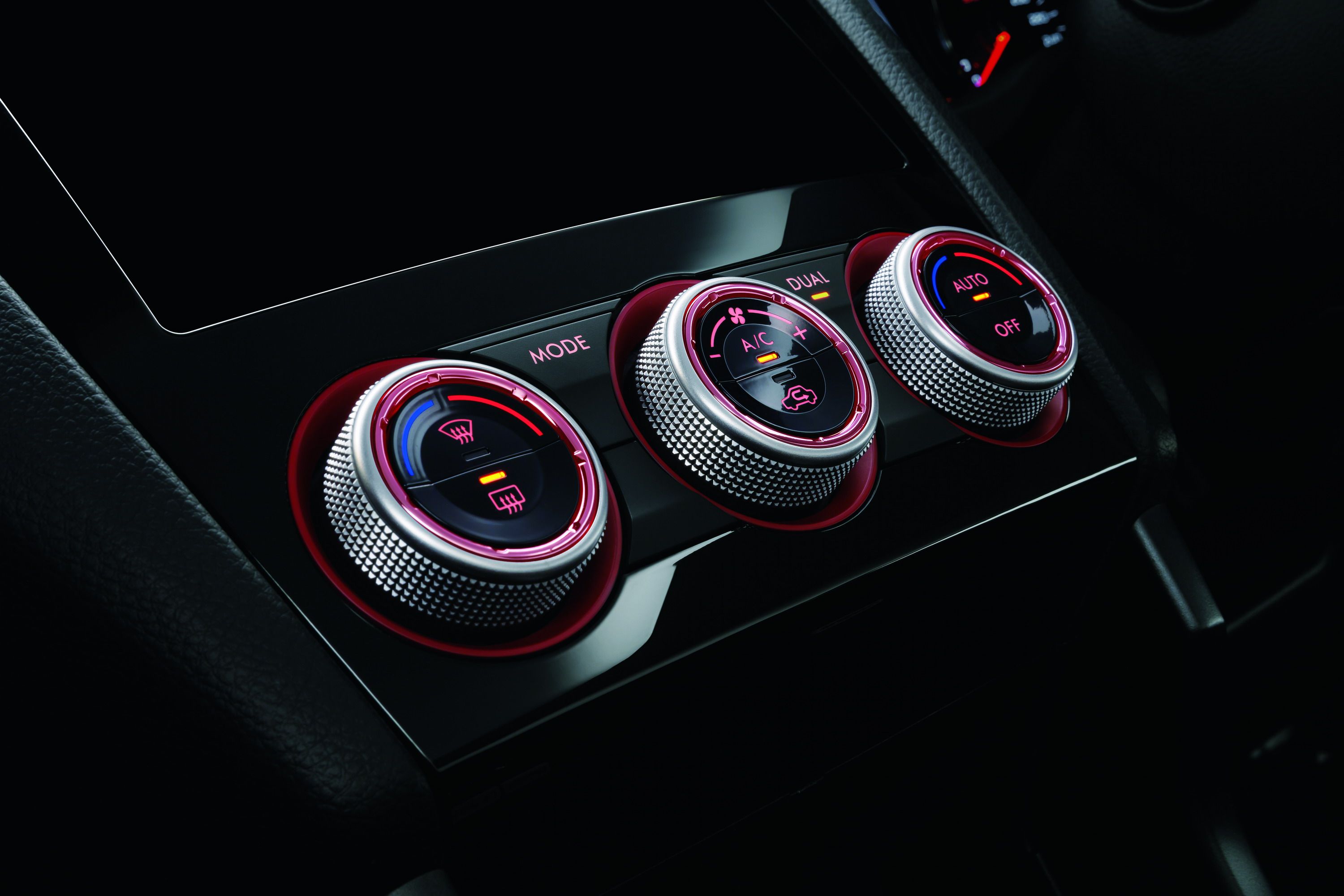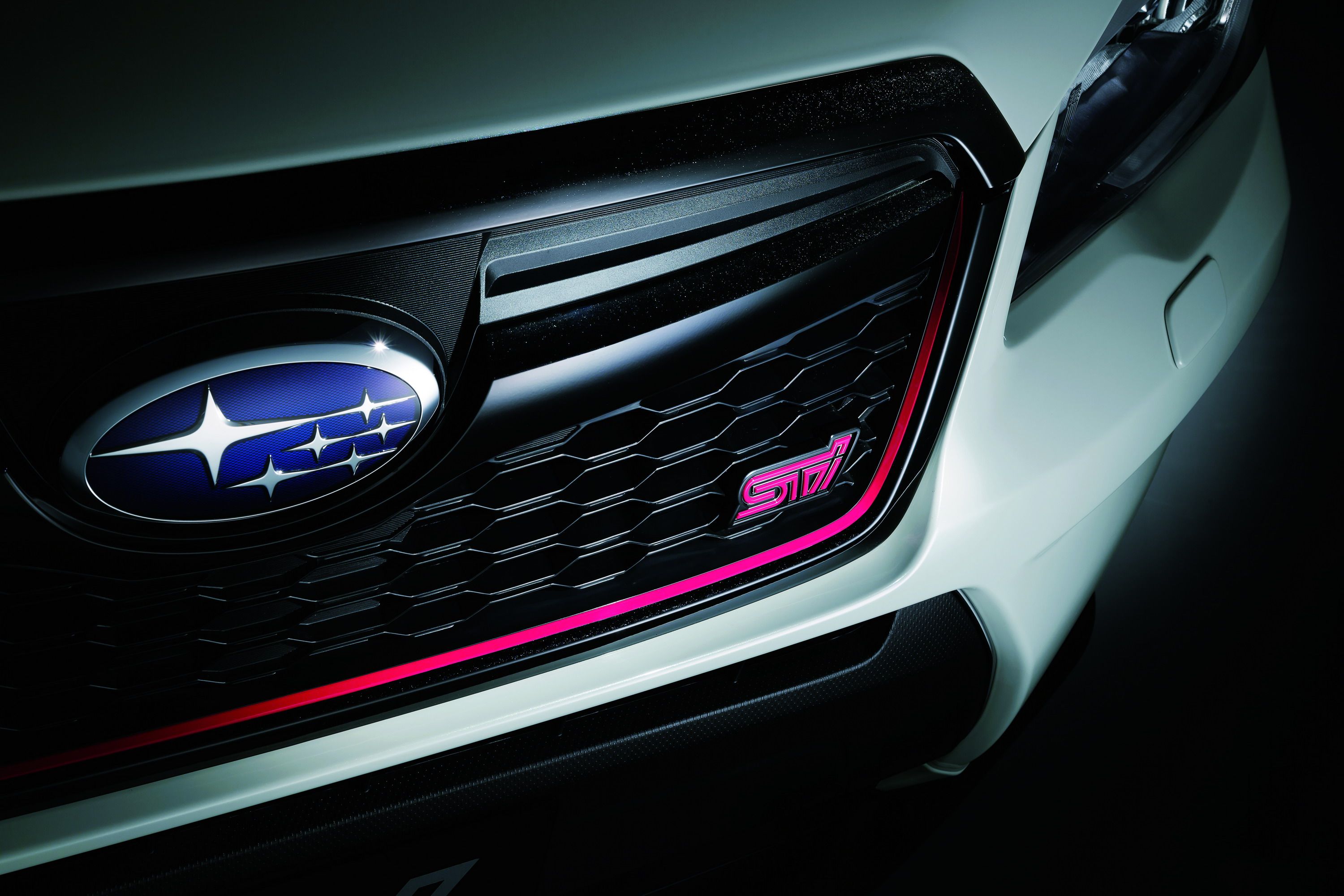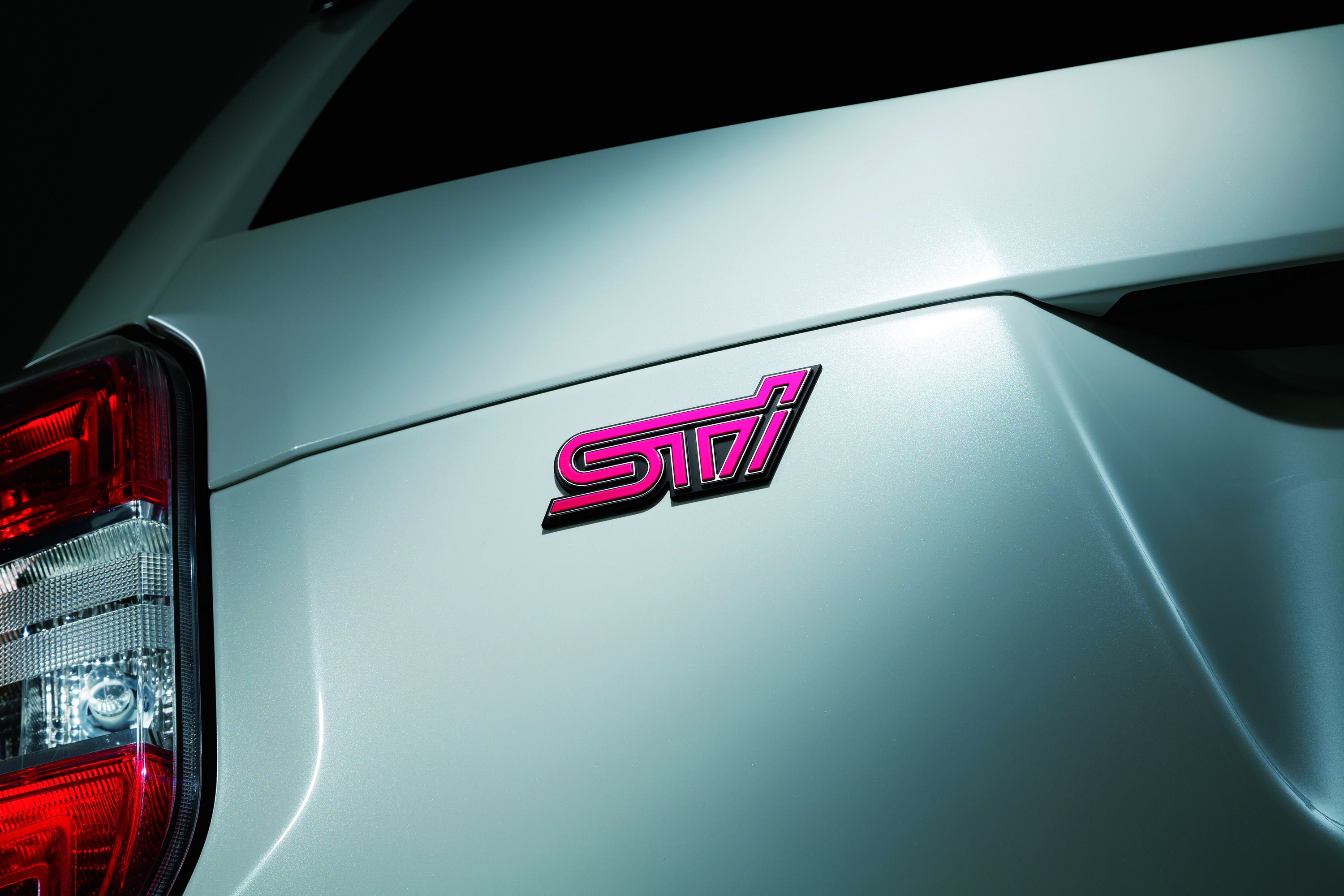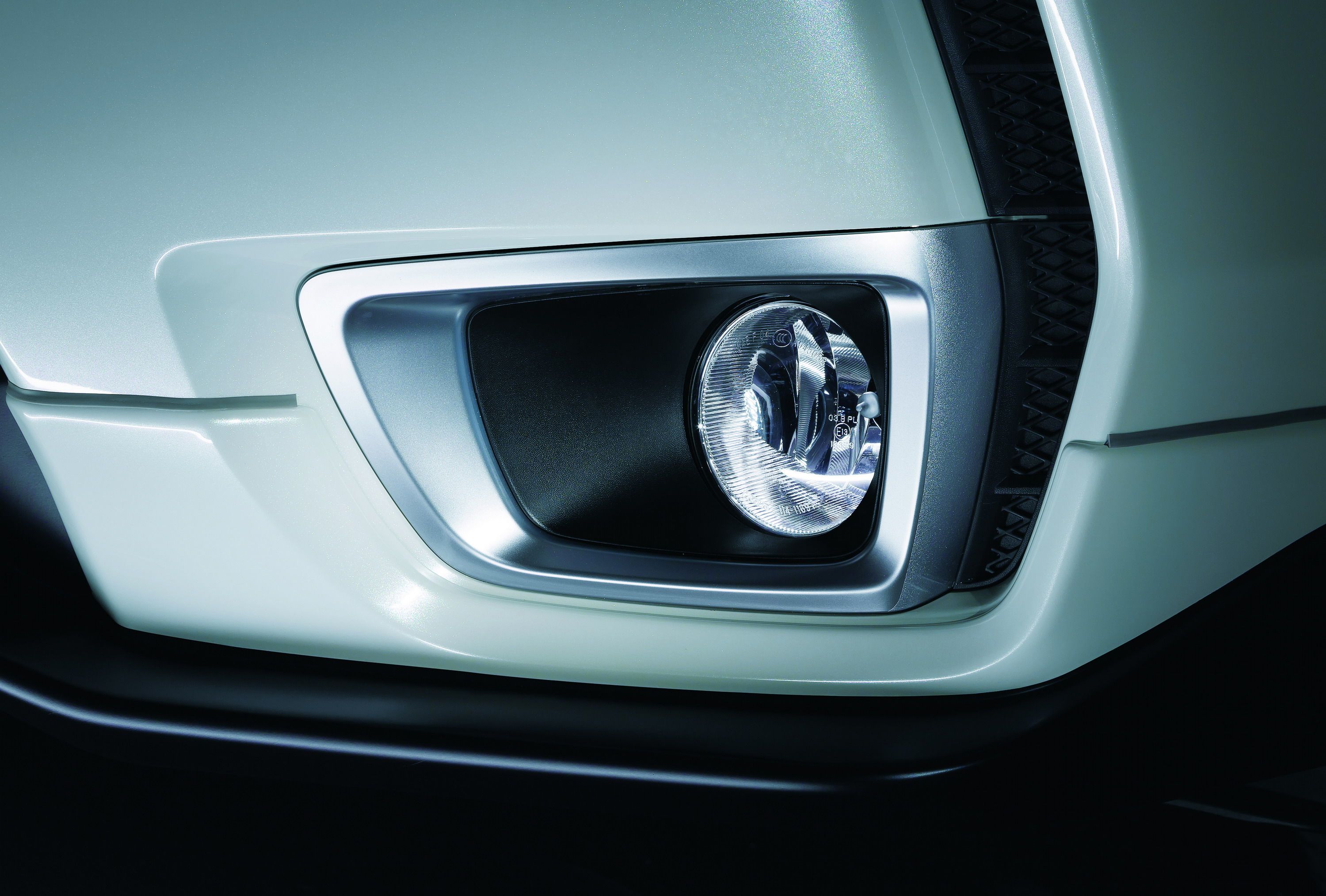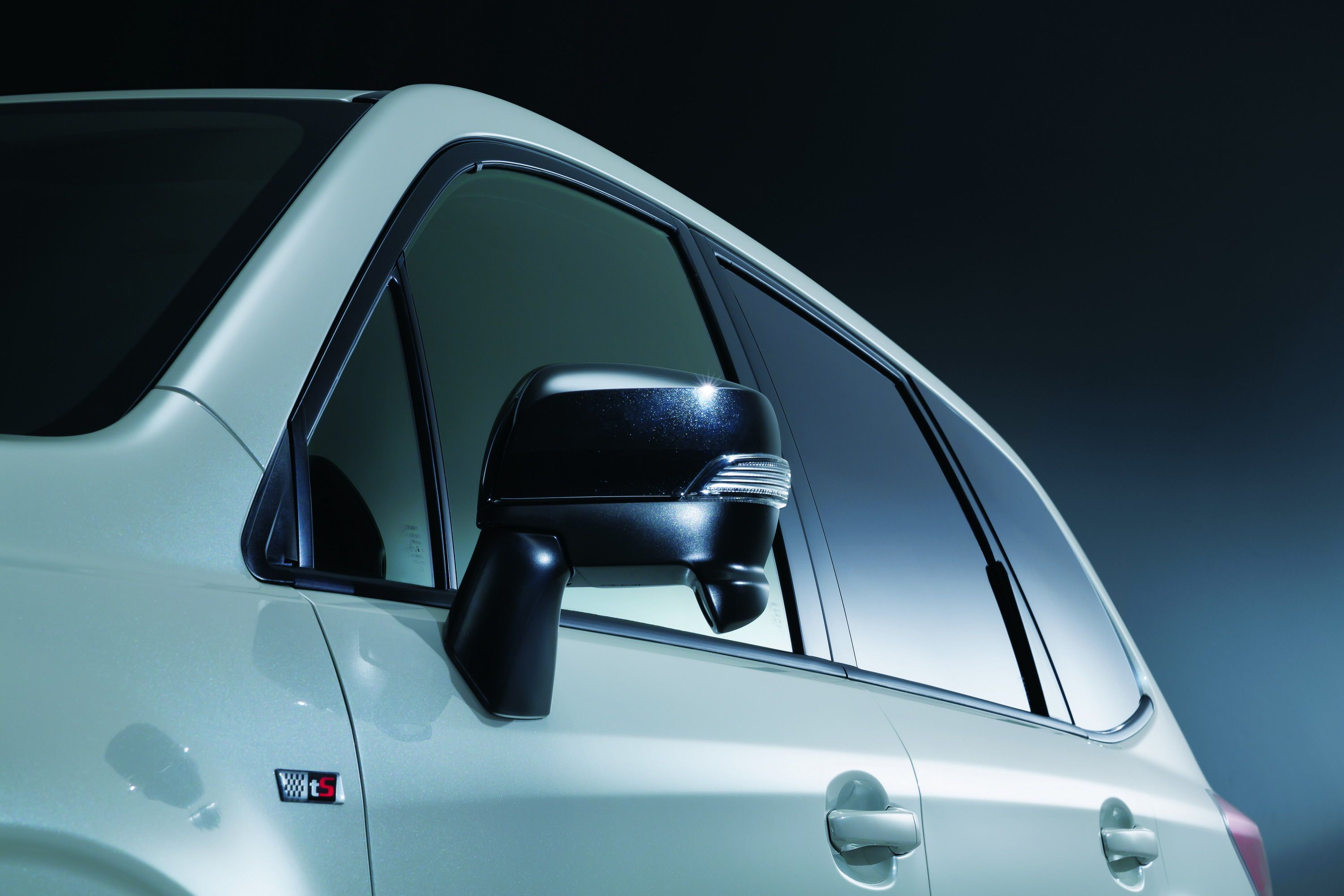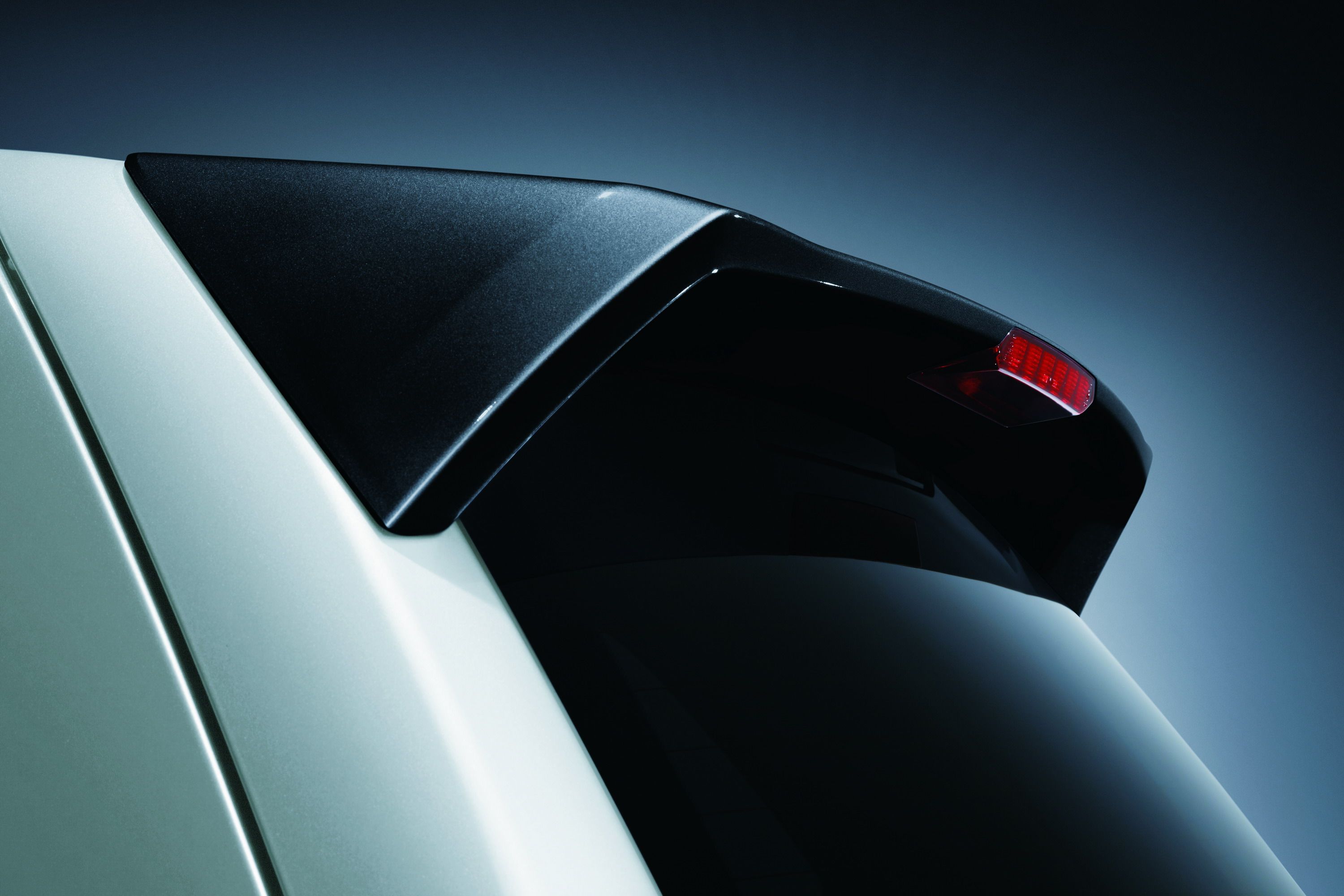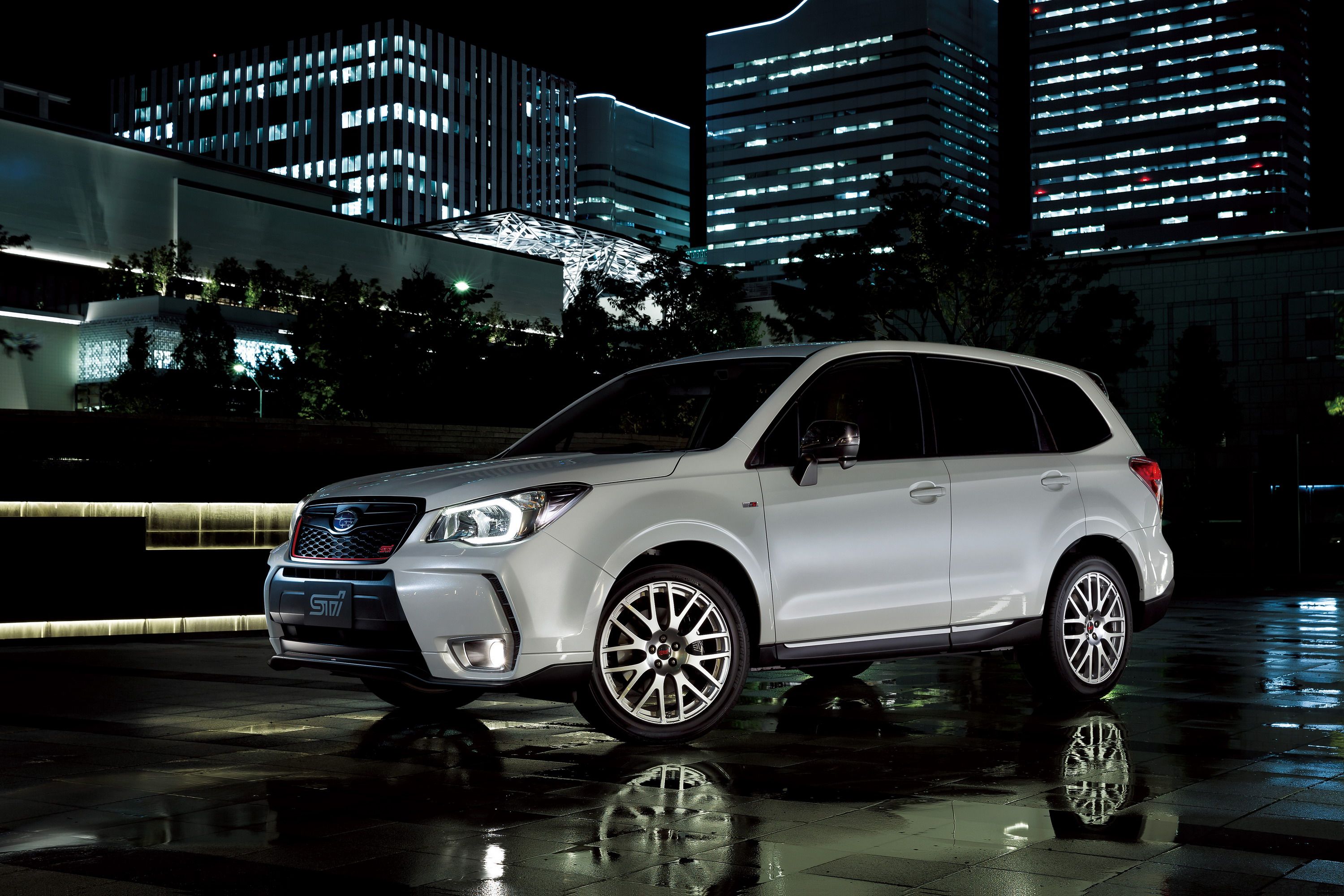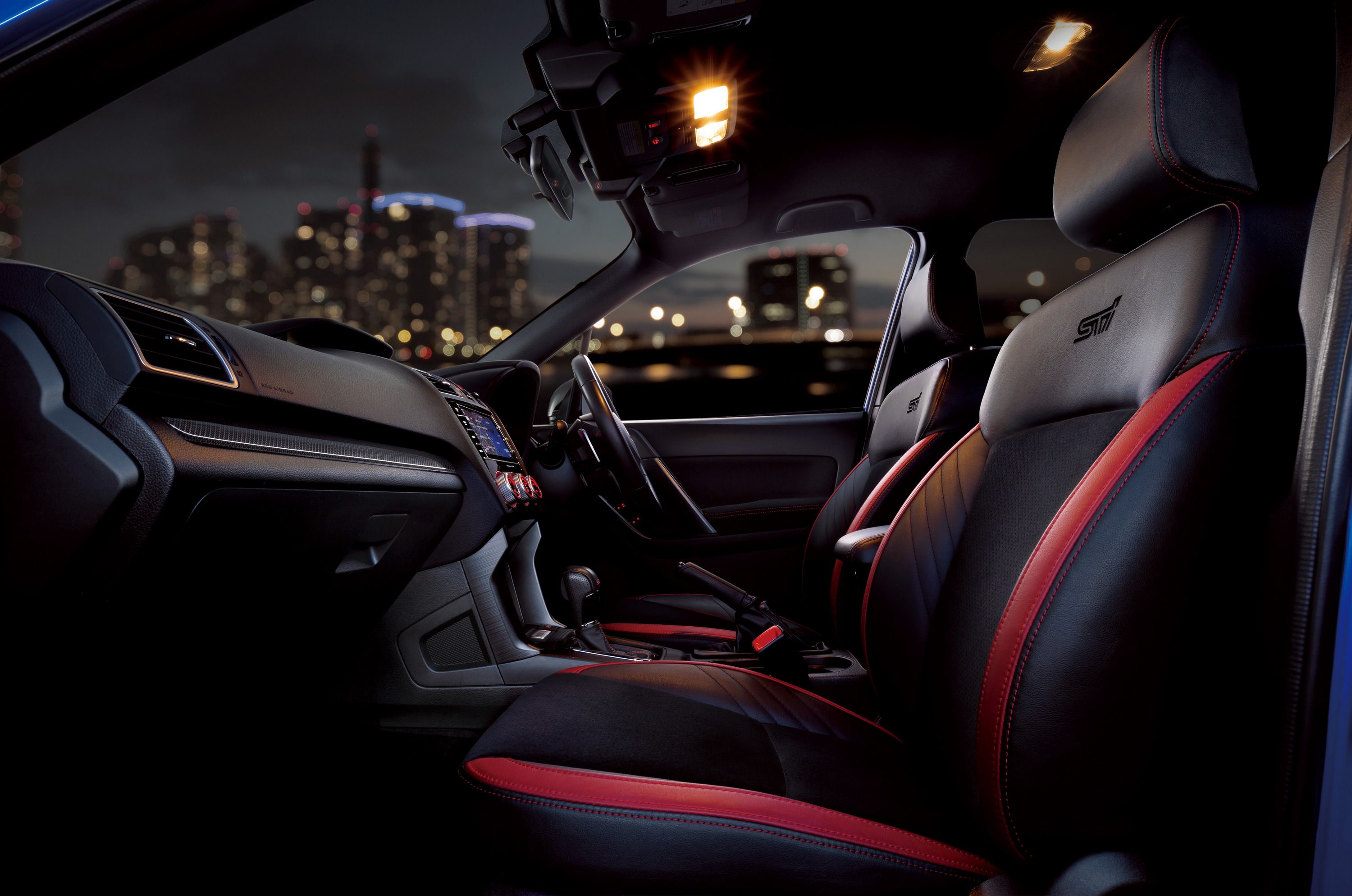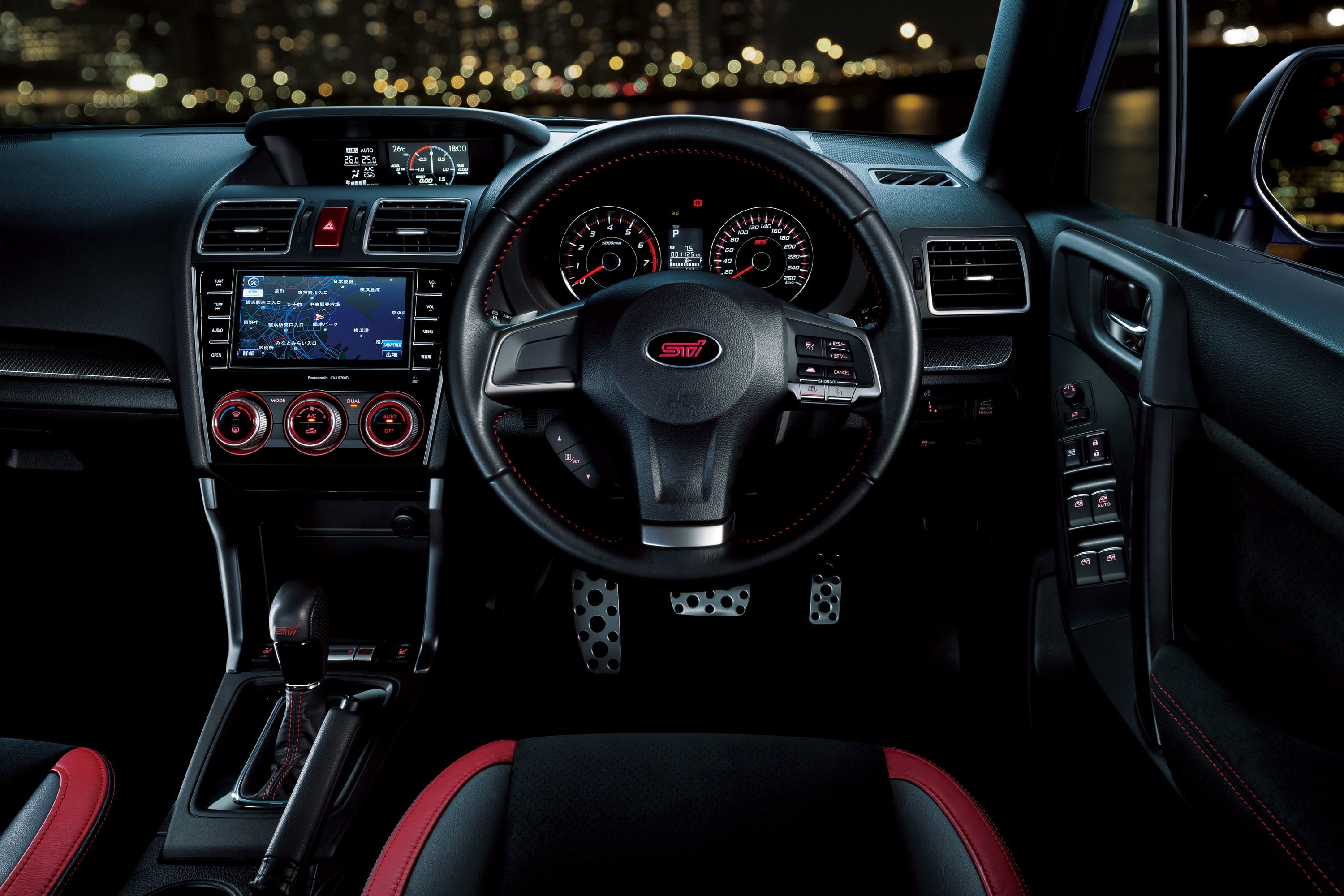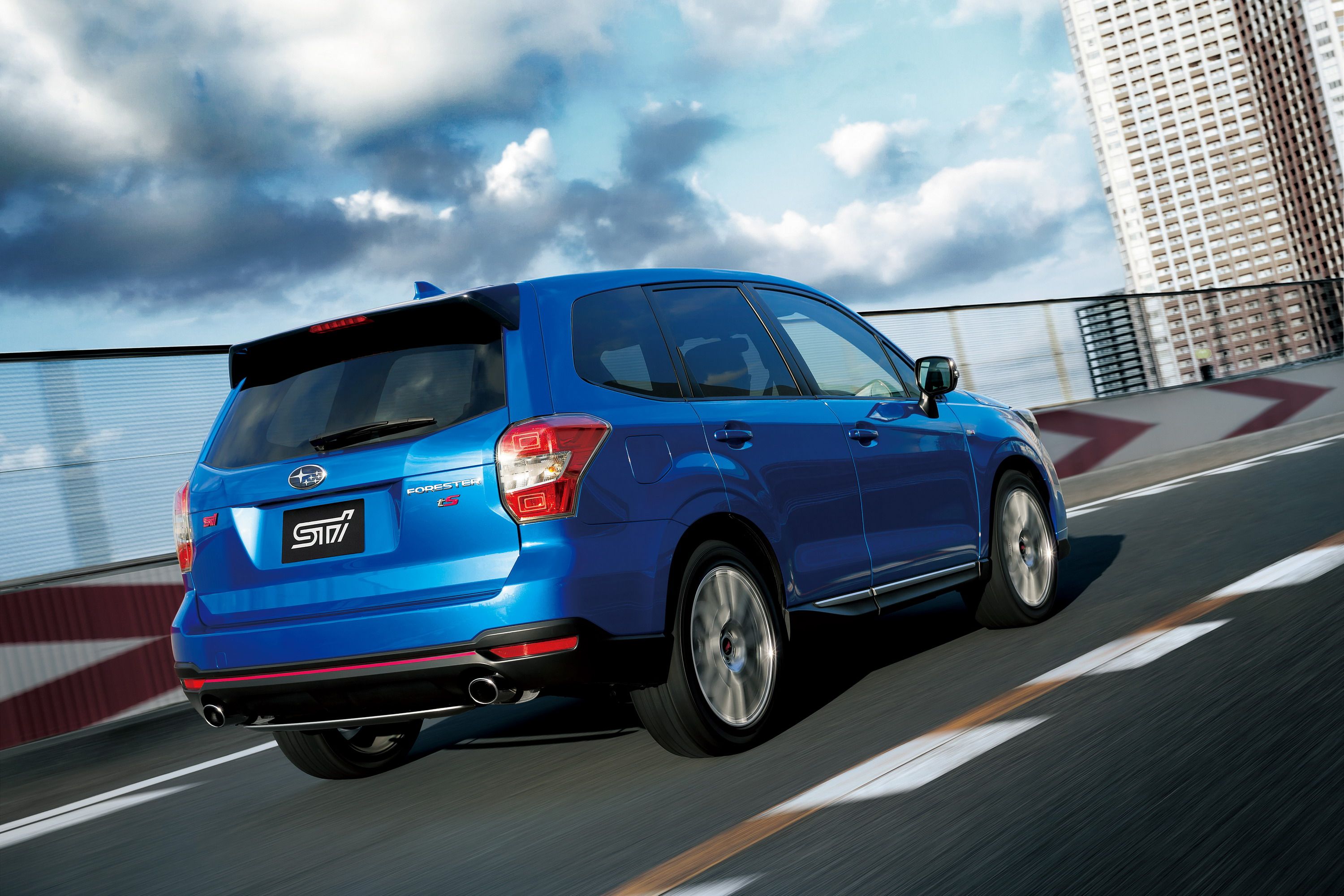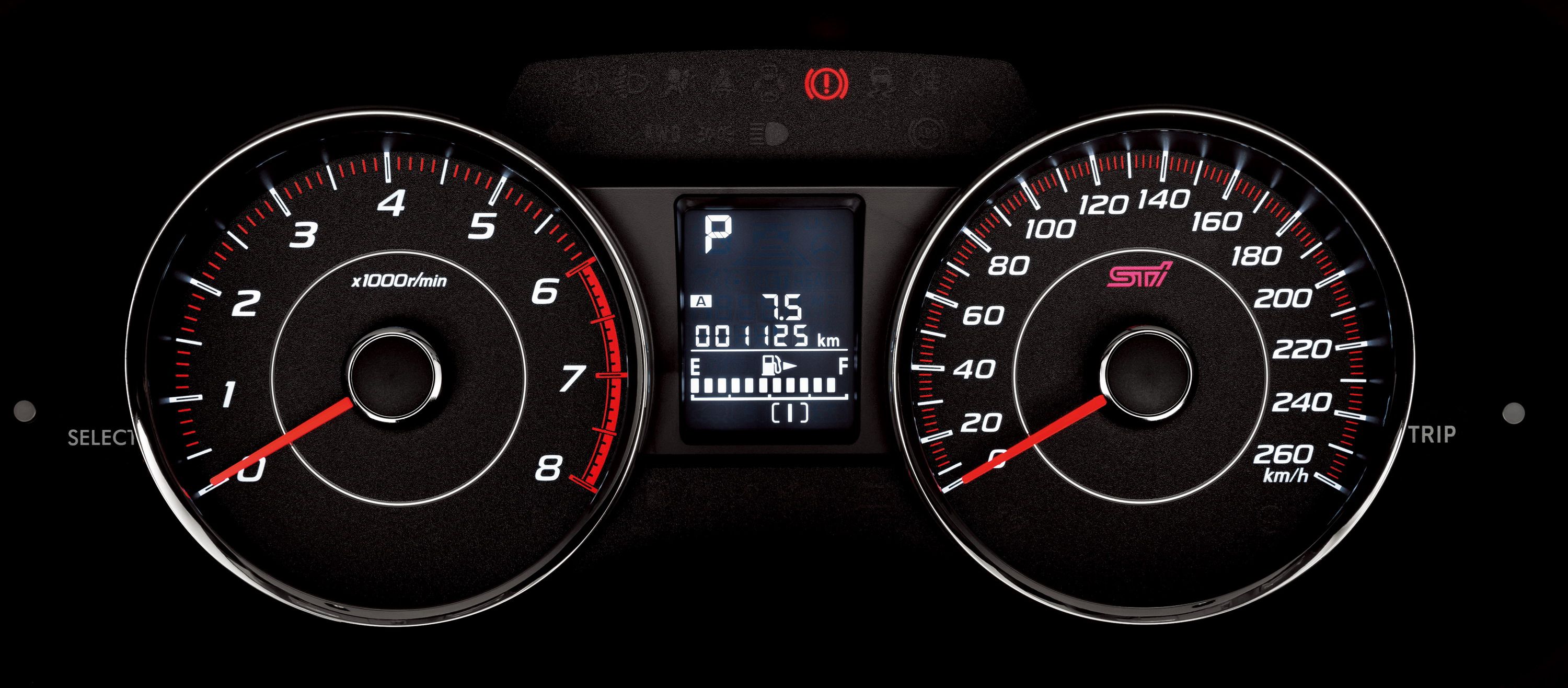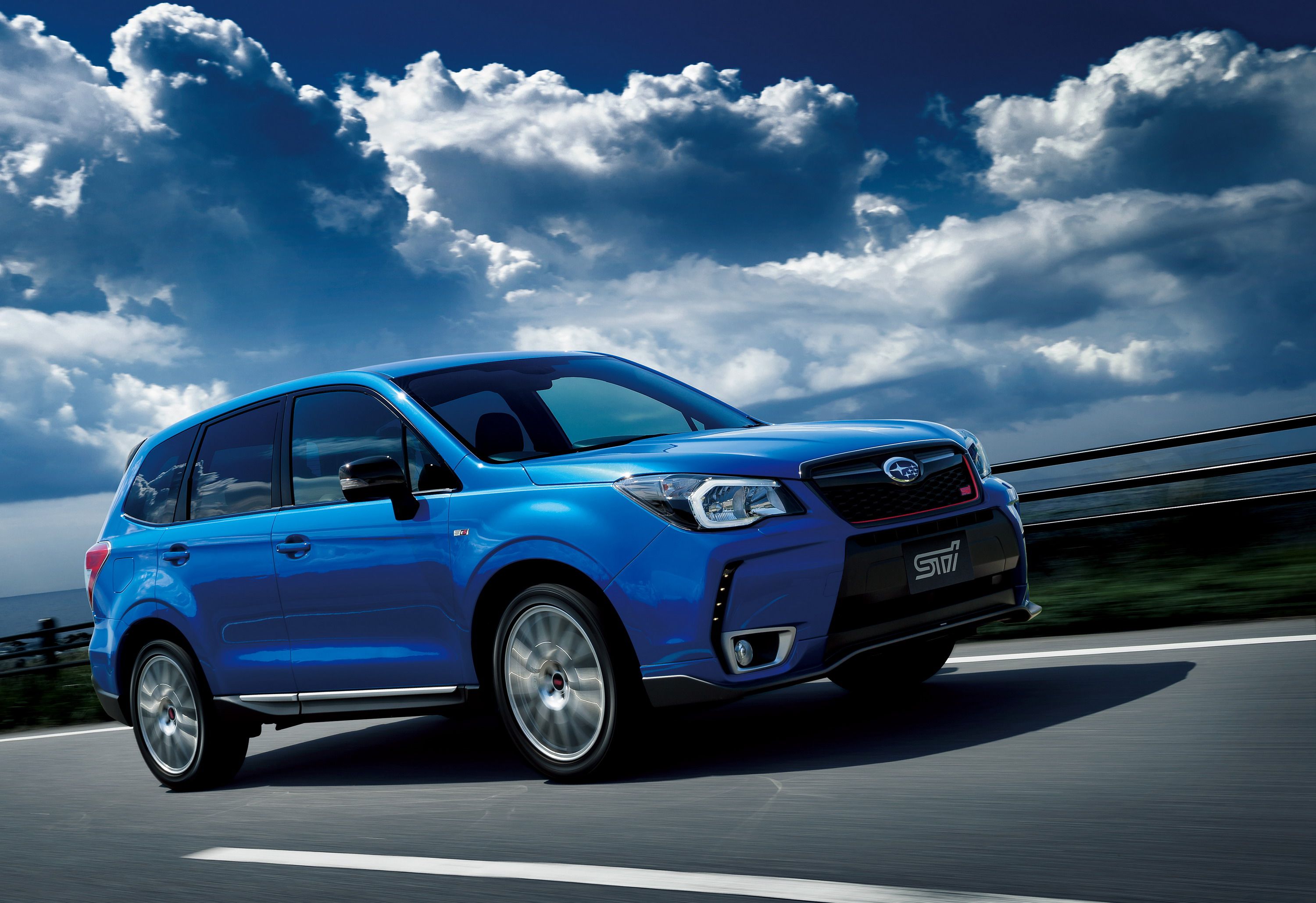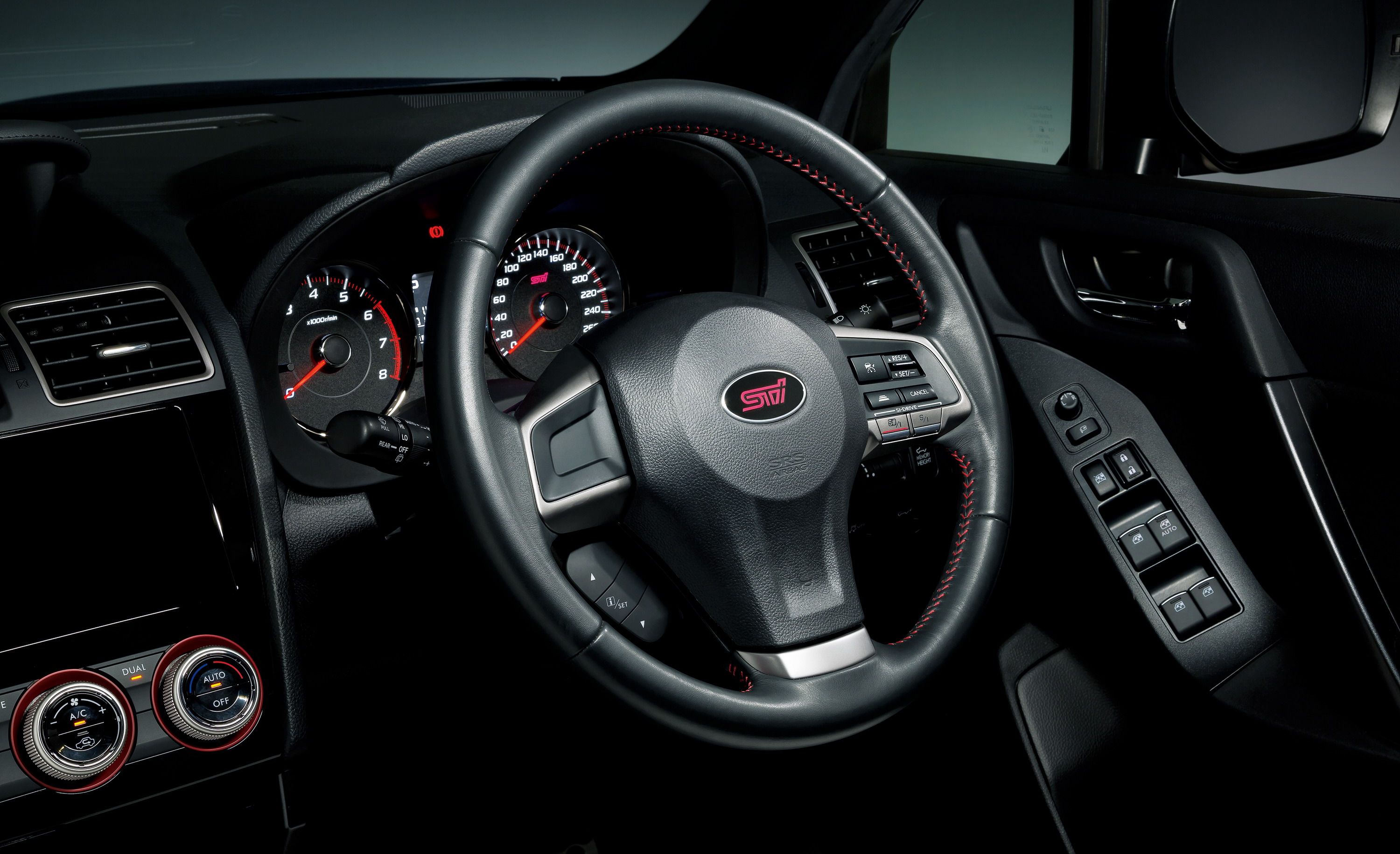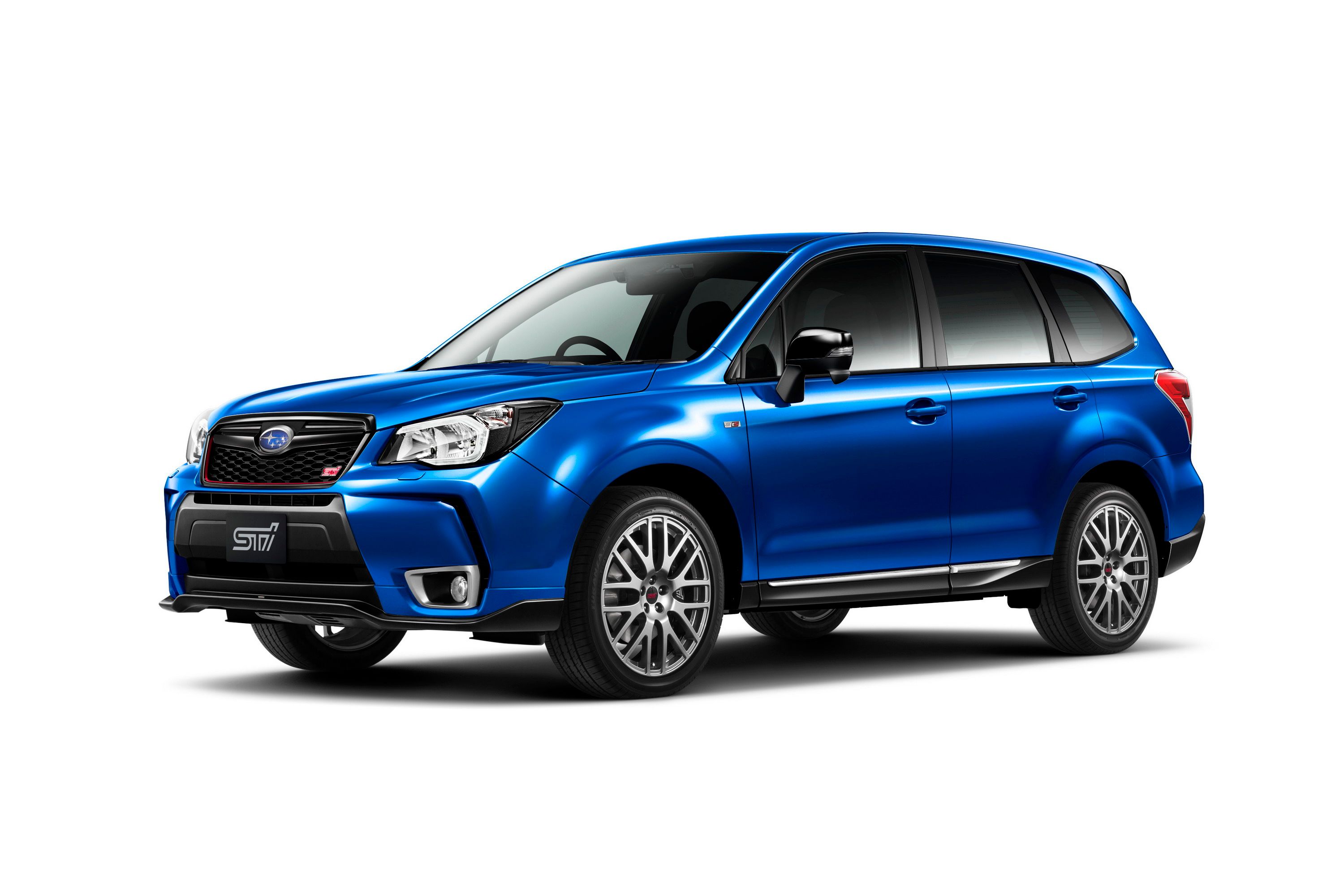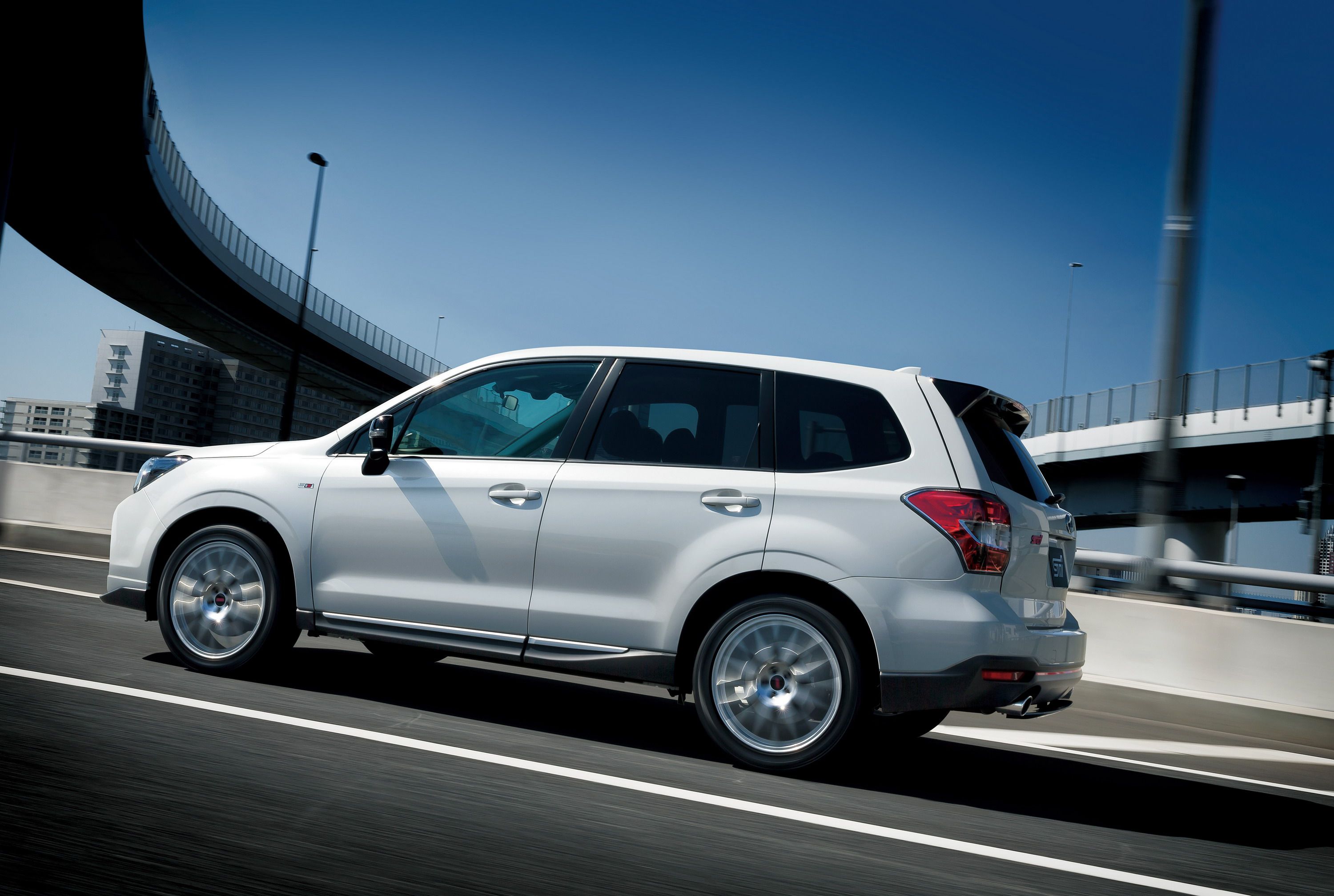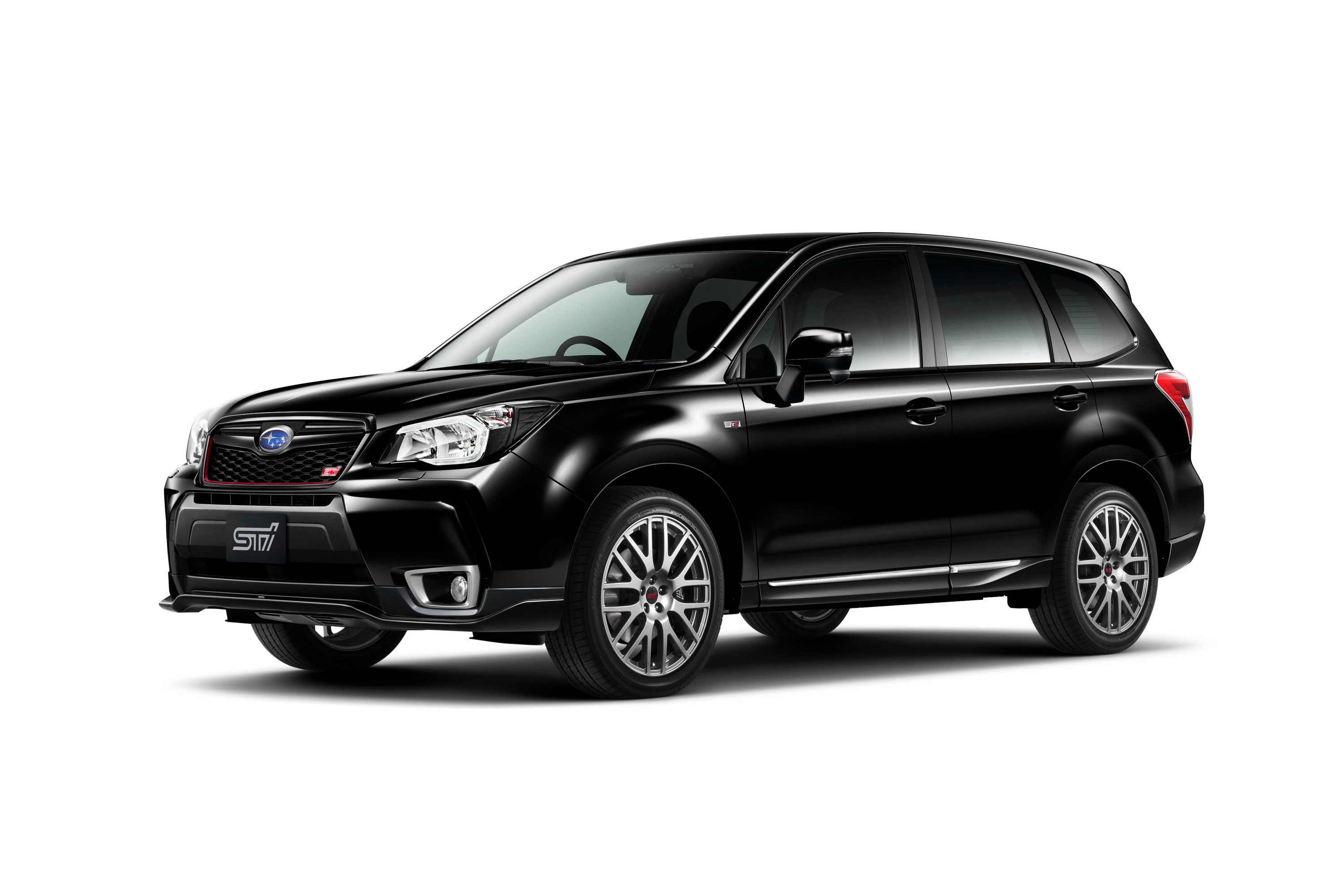Nowadays, it seems like everyone is doing a crossover->ke288, but it should be noted that Subaru->ke86 was one of the first. The Forester->ke1151 was first introduced to the Japanese market in 1997, and a U.S. version emerged hot on its heels only a year later. The advertising theme was simple: “SUV tough, car easy." It’s a formula that’s widely copied: take a vehicle that has car-like handling and road presence and endow it with the spacious interior and high stance of an SUV. It's an idea that had such wide appeal, the Forester has been going strong ever since.
Now, with an explosion of new crossovers entering the segment, it can be tricky to stay above the fold, even for an original like the Forester. One route that Subaru is familiar treading would be a double down on the vehicle’s “carness” with a high-performance version. Considering the ease with which Subaru can mix and match parts amongst its lineup, the most obvious strategy is to pilfer go-faster bits from its road-legal rally monster WRX->ke4657 STI.
Following teaser pictures that emerged online last month, Subaru has made the official announcement that it's indeed set to do exactly that. We’ve seen high-performance Foresters before, and for the most part, they aren’t half bad. But with so many different crossovers to choose from, how will this latest version shape up?
Click past the jump to read more about the Subaru Forester tS.
2015 Subaru Forester tS
- Make: Array
- Model: 2015 Subaru Forester tS
- Engine/Motor: inline-4
- Horsepower: 276
- [do not use] Vehicle Model: Array
Exterior
Visually, the tS sets itself apart via several small tweaks that quickly add up to an undeniable improvement over the bland base model. Up front, we find an exclusive black grille touched with a cherry red pinstripe, which hangs above metallic-silver fog-light bezels. Flanking the car are black door mirrors, black side-window moldings, and metallic-silver side cladding moldings. On the rear bumper, there’s another cherry red pinstripe, plus a larger-diameter exhaust tip. Improving upon the standard brick-like aero is an STI-designed front spoiler and rear diffuser, plus another black spoiler attached to the rear roofline. And of course, lest anyone forget, there are plenty of requisite "STI" and "tS" badges covering the front, side, and rear to remind everyone about the premium paid for ownership.
Interior
Subaru throws the veritable STI catalog at the interior of the tS in a bid to enhance the driver interface. You’ll find the little pink badges everywhere, including the exclusive speedometer, leather-wrapped steering wheel, push-button ignition, shift knob, and door sills. There’s also an exclusive multifunction display, black leather/Ultrasuede combo seats with red stitching, a carbon-laced instrument panel, and silver/black HVAC controls complimented by a red bezel. Assisting the driver in the mundane duties of commuting and errand running, we find Subaru’s EyeSight technology, which features adaptive cruise control, lane departure warning, pre-collision braking, and pre-collision throttle management.
Drivetrain and Suspension
Don’t be fooled: this car may be dripping with pink, but it’s still missing the most vital STI bit under the hood. Like previous models, the latest tS eschews the potent 305-horsepower, 2.5-liter, turbo four-cylinder from the top-range WRX in lieu of the 276-horsepower, 2.0-liter turbo from the JDM-Spec Forester XT.
But while it may lack the extra power of an STI, there are plenty of suspension upgrades to keep the Forester planted on those mountain roads. These include 245/45R19 Bridgestone Turanza ER33 tires mounted to BBS-designed forged aluminum wheels, under which hide 17-inch Brembo brakes that haul down all the mass with 4-pot calipers in the front, and 2-pots in the rear. There’s also an upgraded strut bar, tower bar, draw stiffener in the front and rear, and support subframe, all of which are designed by STI. Additionally, the Forester tS sits 15 mm (.59 inch) lower than the standard model.
In support of all those sporty underpinnings, we find a few electronic assists, like a retuned engine control unit, transmission control unit, and Vehicle Dynamics Control (basically just fancy traction control).
Prices
Apparently, bolting up all those STI parts is not a cheap endeavor, as the new tS will run you 4,350,000 yen, or roughly $36,800, which is $13,000 above the base model and $3,000 above the top-range XT. And although all those suspension upgrades should make the tS handle magnificently, the lack of an STI engine thumping under the hood leaves us apprehensive. If the ride quality is not completely compromised, it might be worth the money.
Competition
Infiniti QX50
Also known as the Nissan->ke62 Skyline->ke1997 Crossover (*groan*), the QX50 comes with excellent weight distribution, 325 horsepower, wide tires, and a very sleek profile. It’s also quite heavy, weighing in around two tons, which is about 500 pounds more than the Forester. So while the Infiniti->ke36 is more powerful, it’ll still fall to the Subaru where performance is concerned. Inside, however, the Infiniti wins with luxury. For just a few thousand dollars over the price of the tS, you could get a top-range QX50 with all-wheel-drive, a slew of interior amenities, and a seven-speed automatic transmission. If you’re okay losing the daily school run GP, this might be the right choice for you.
Volvo XC60
While quite a bit pricier than the Forester, the XC60 makes up for the higher cost with top-notch quality. Stepping up in this segment yields all kinds of premium goodies, like HID headlights, Harmon Kardon audio system, 20-inch alloy wheels strapped with low-profile Pirelli tires, velvety leather, and more. The engine puts out 300 horsepower, which isn’t bad for a car that weights over 4,000 pounds, but clearly, the much more nimble Forester will simply walk away both in a straight line and in the curves. But any XC60 owner won’t care about that. They’ll be too busy with the superb infotainment system to notice.
Conclusion
It’s not quite an STI, but still, the tS is a smaller, lighter vehicle with a focus on performance, and that’s something that’s definitely missing from the current lineup of overstuffed crossovers. Disappointingly, if you want a tS to call your own, you'll need to live in Japan and beat out all the other folks clamoring to get their hands on one of the 300 limited production vehicles. That’s pretty unfortunate, because in the US, it would probably be the perfect remedy to all this compact SUV nonsense. What will it take to get a true performance Forester stateside? We’re not sure, but write Congress, just in case that might make a difference.

